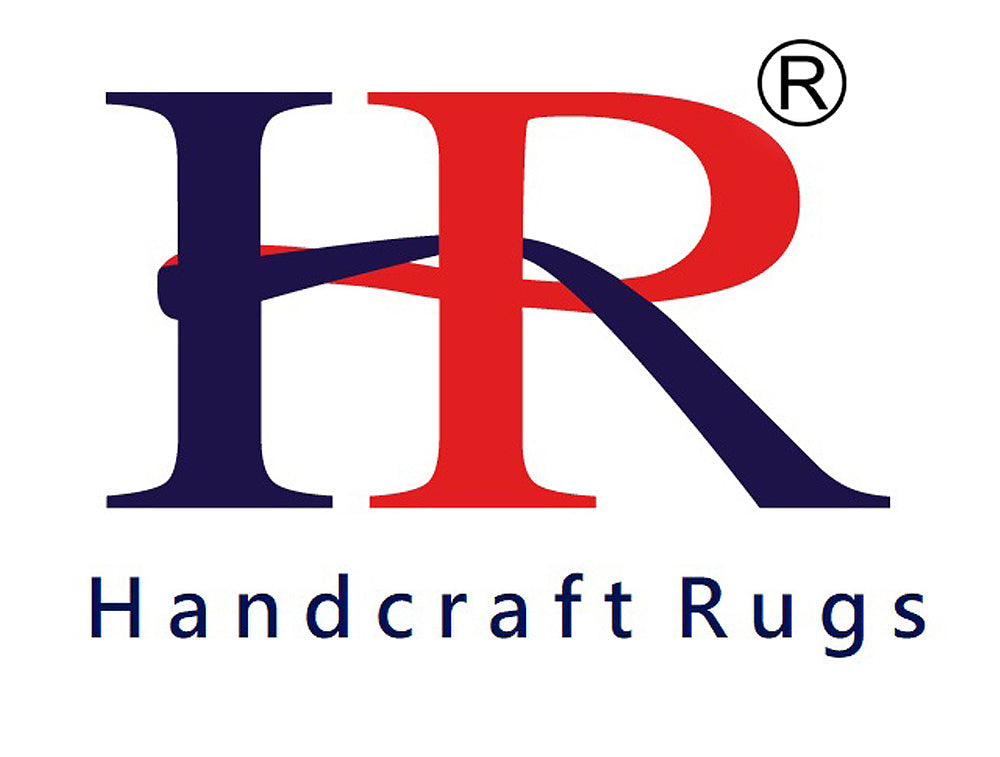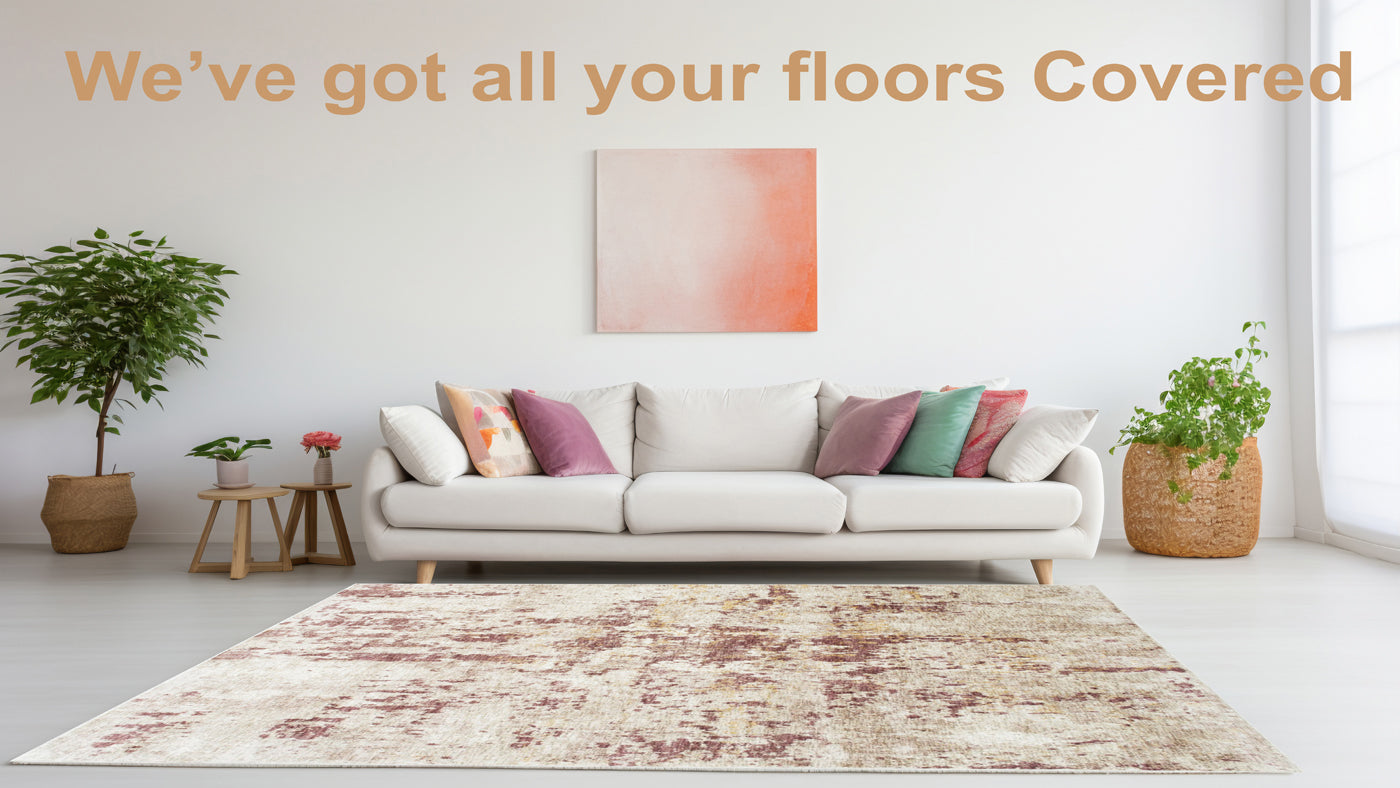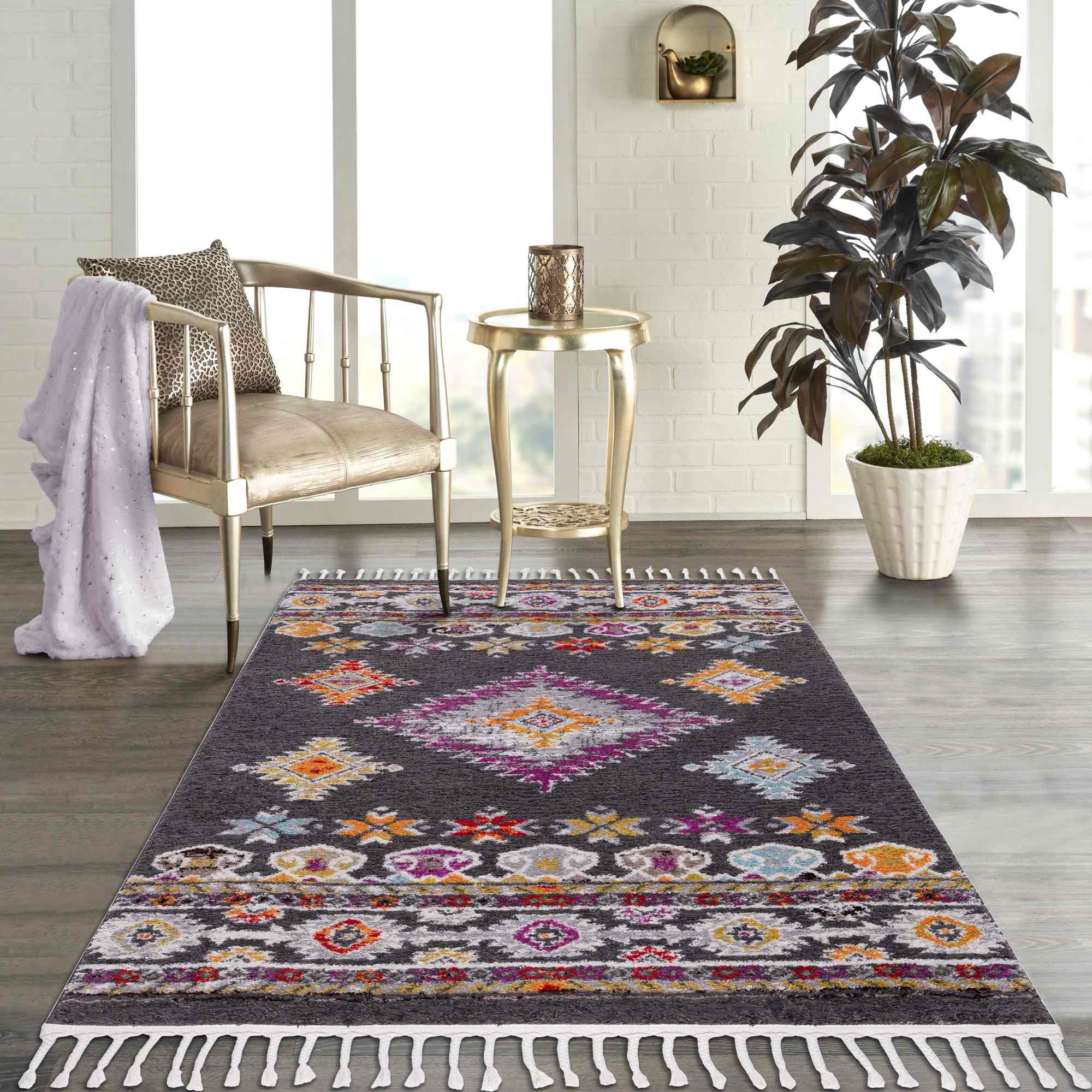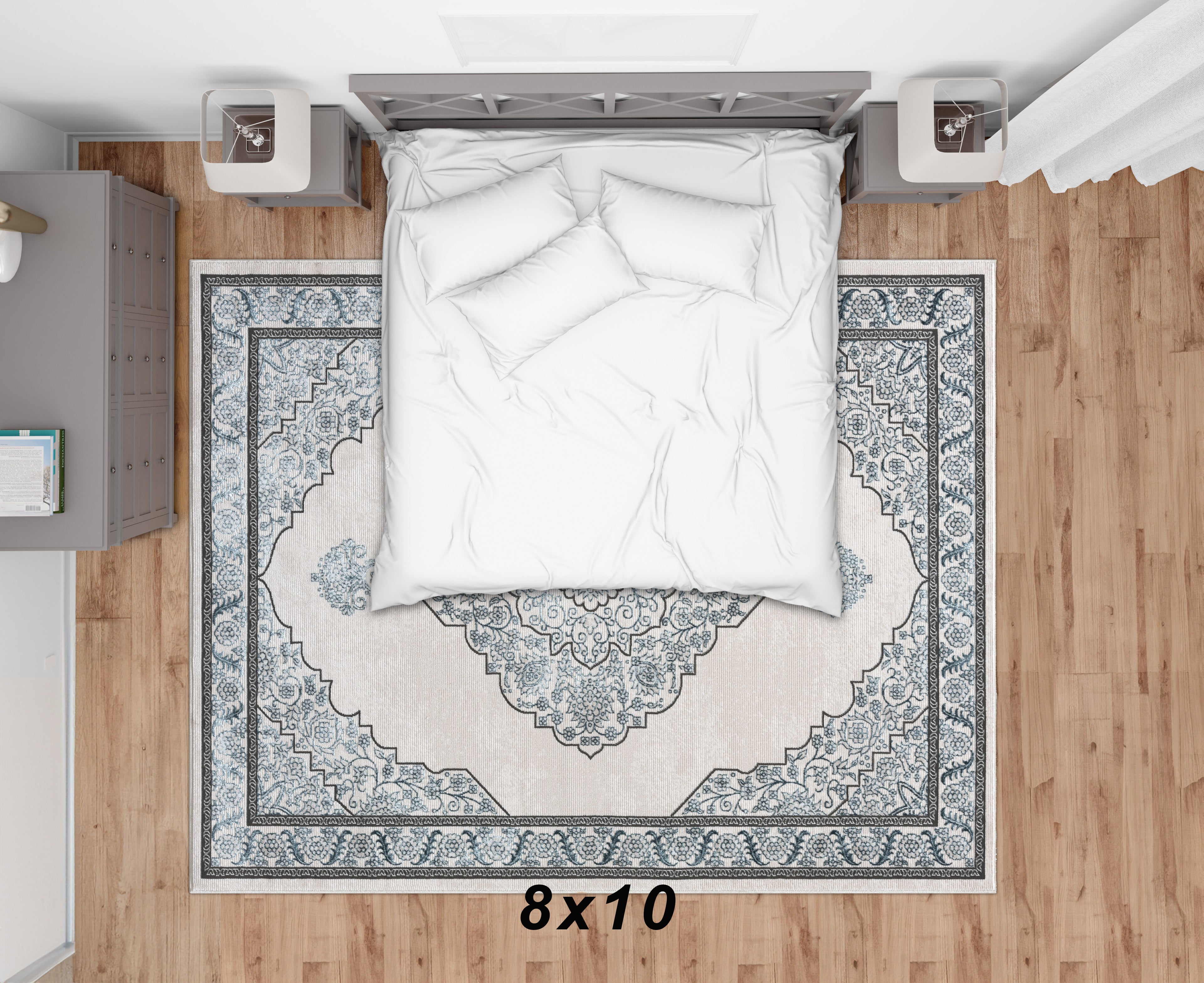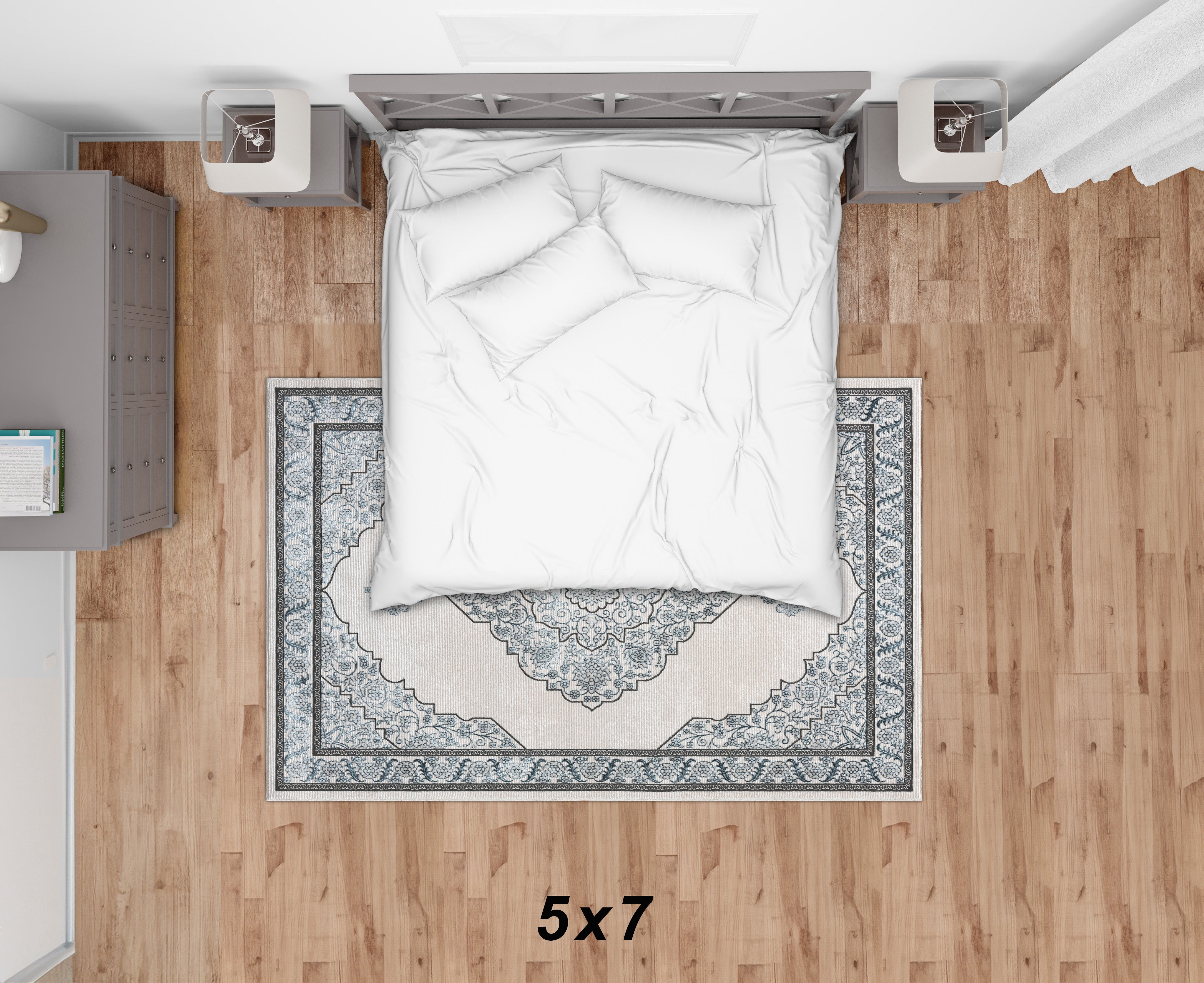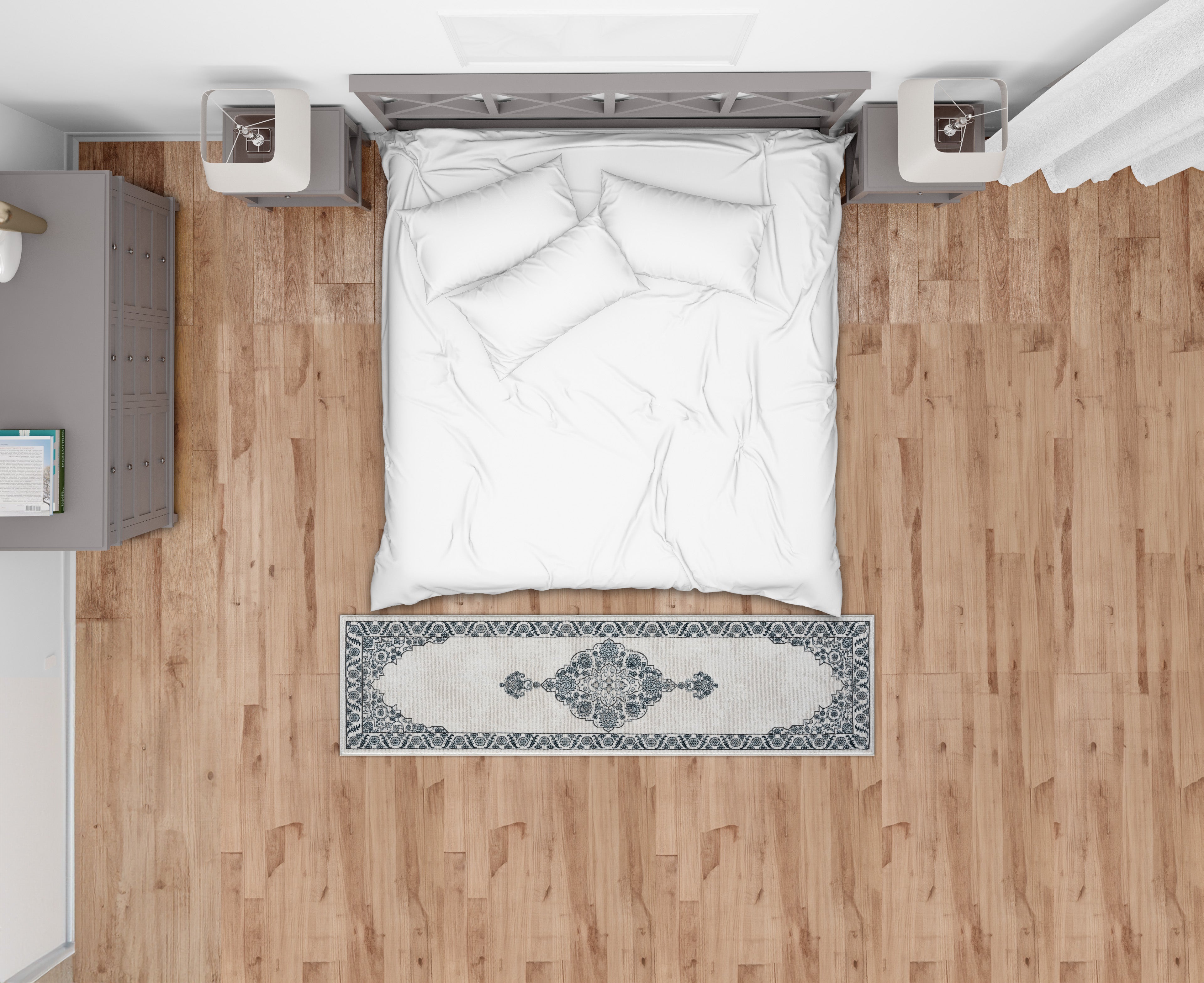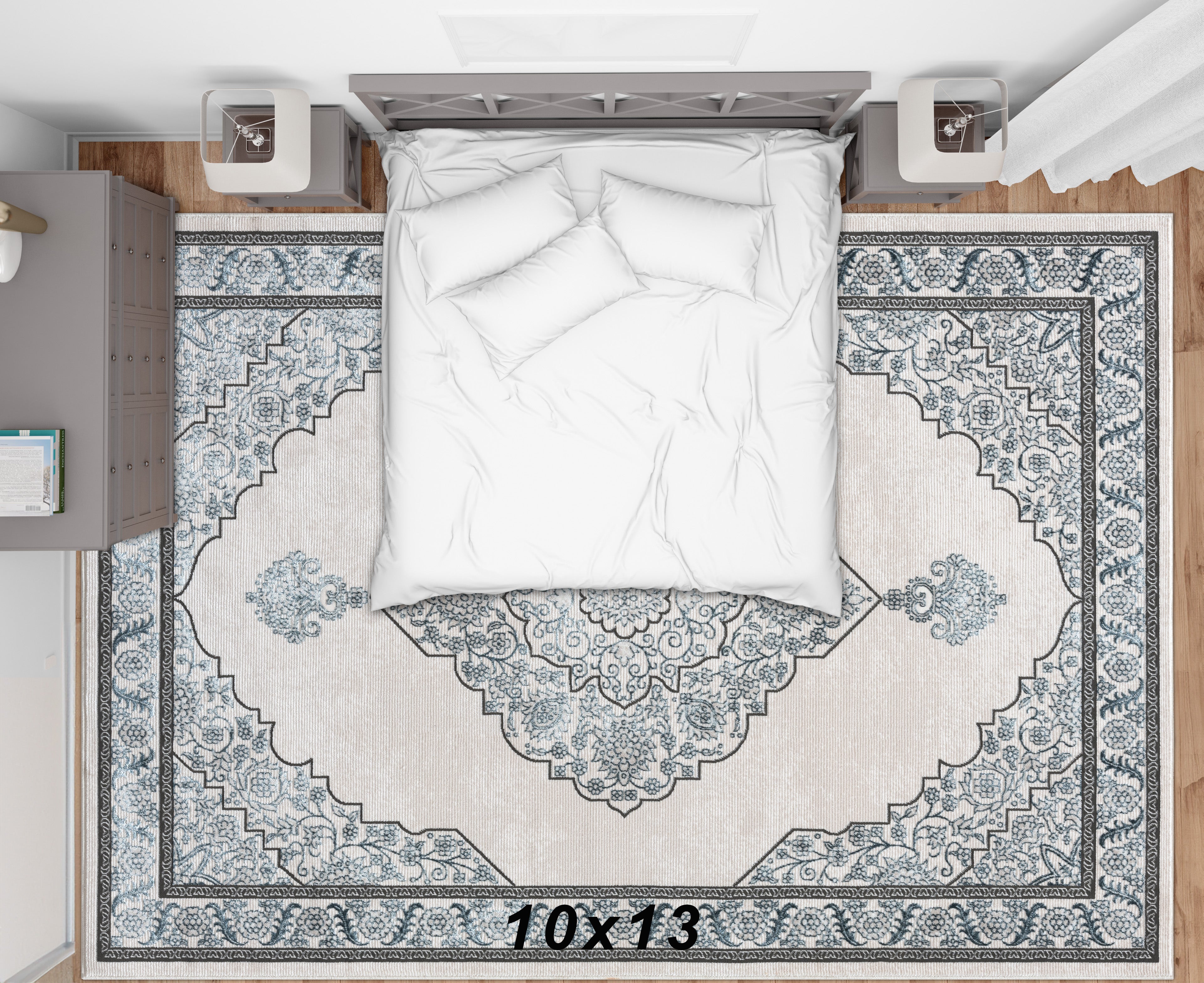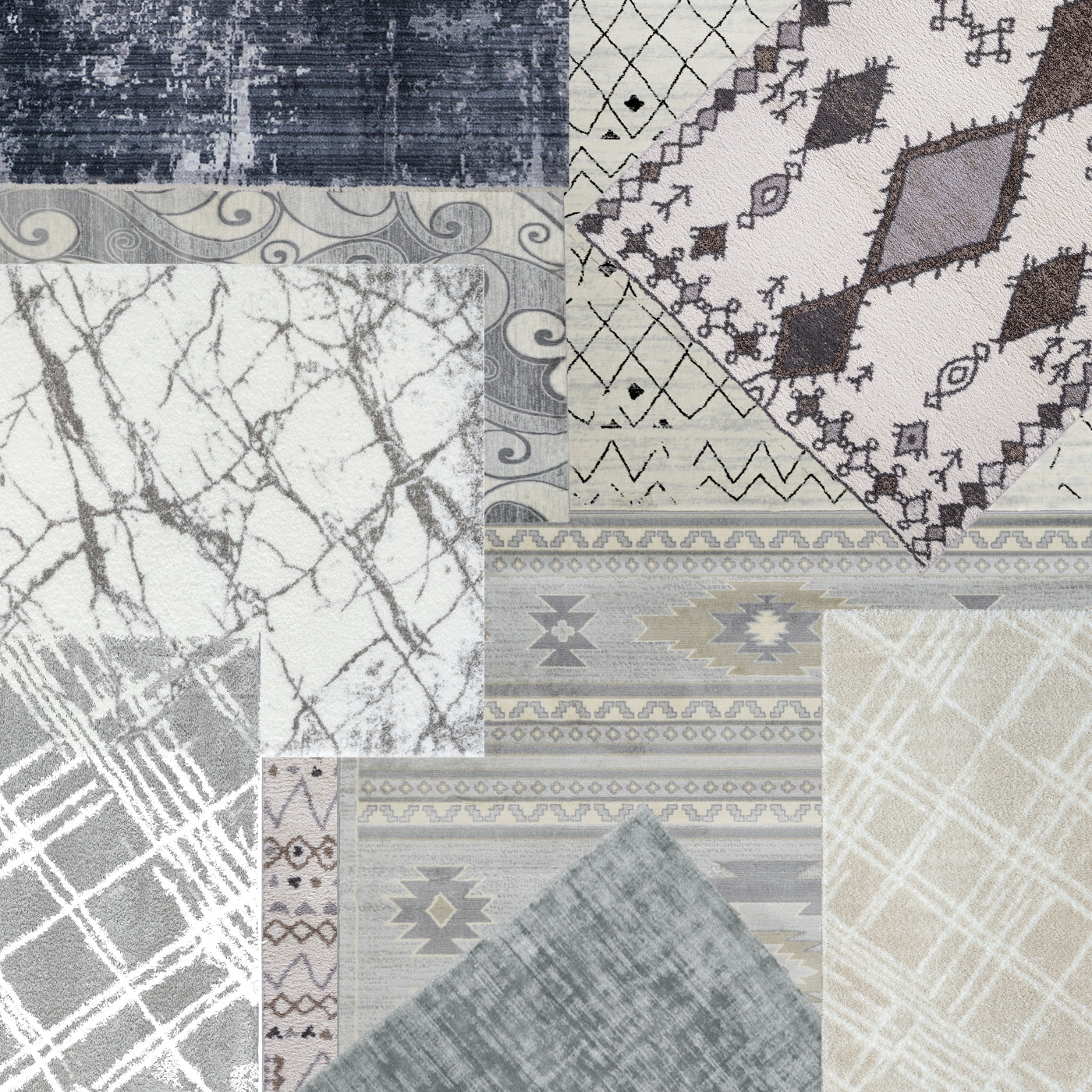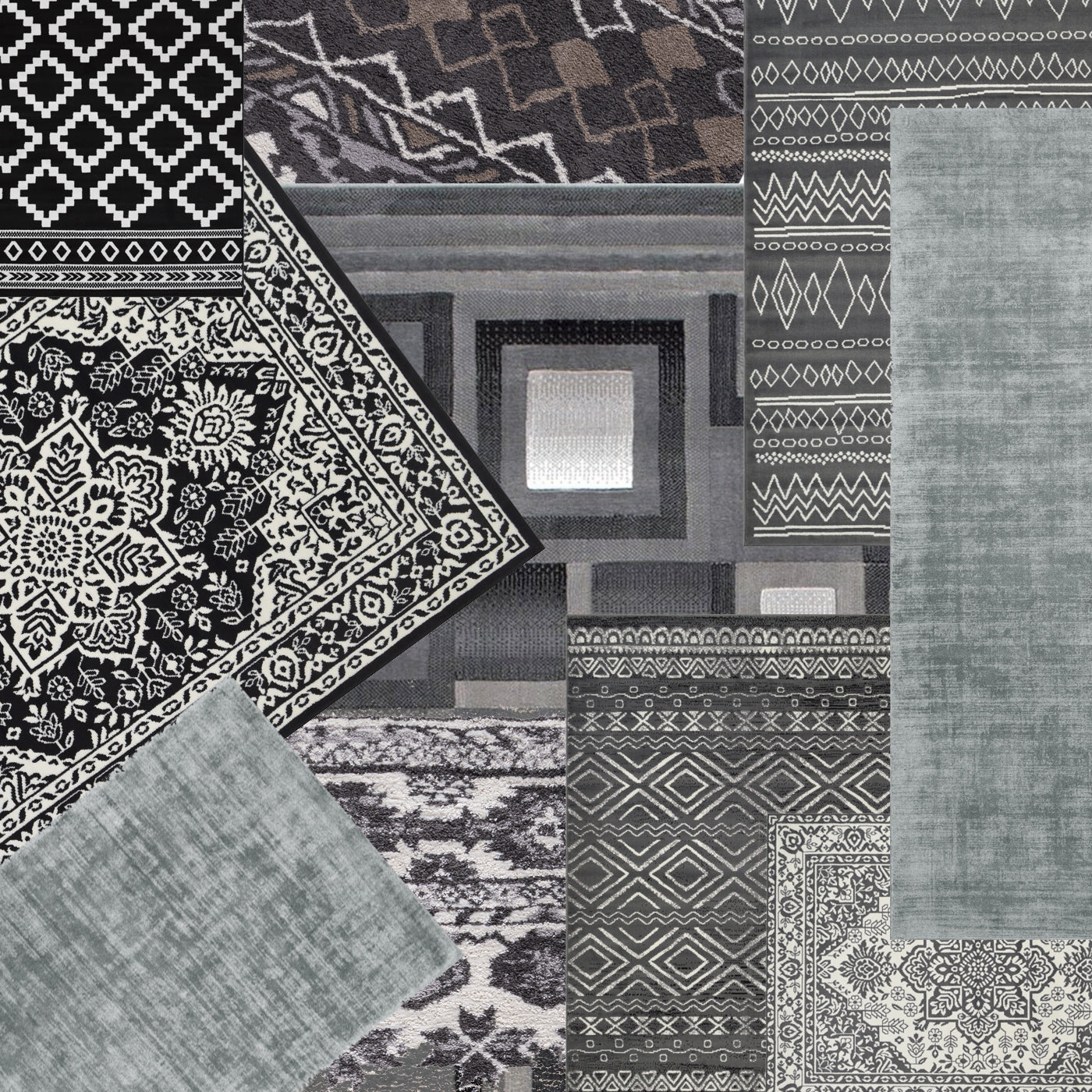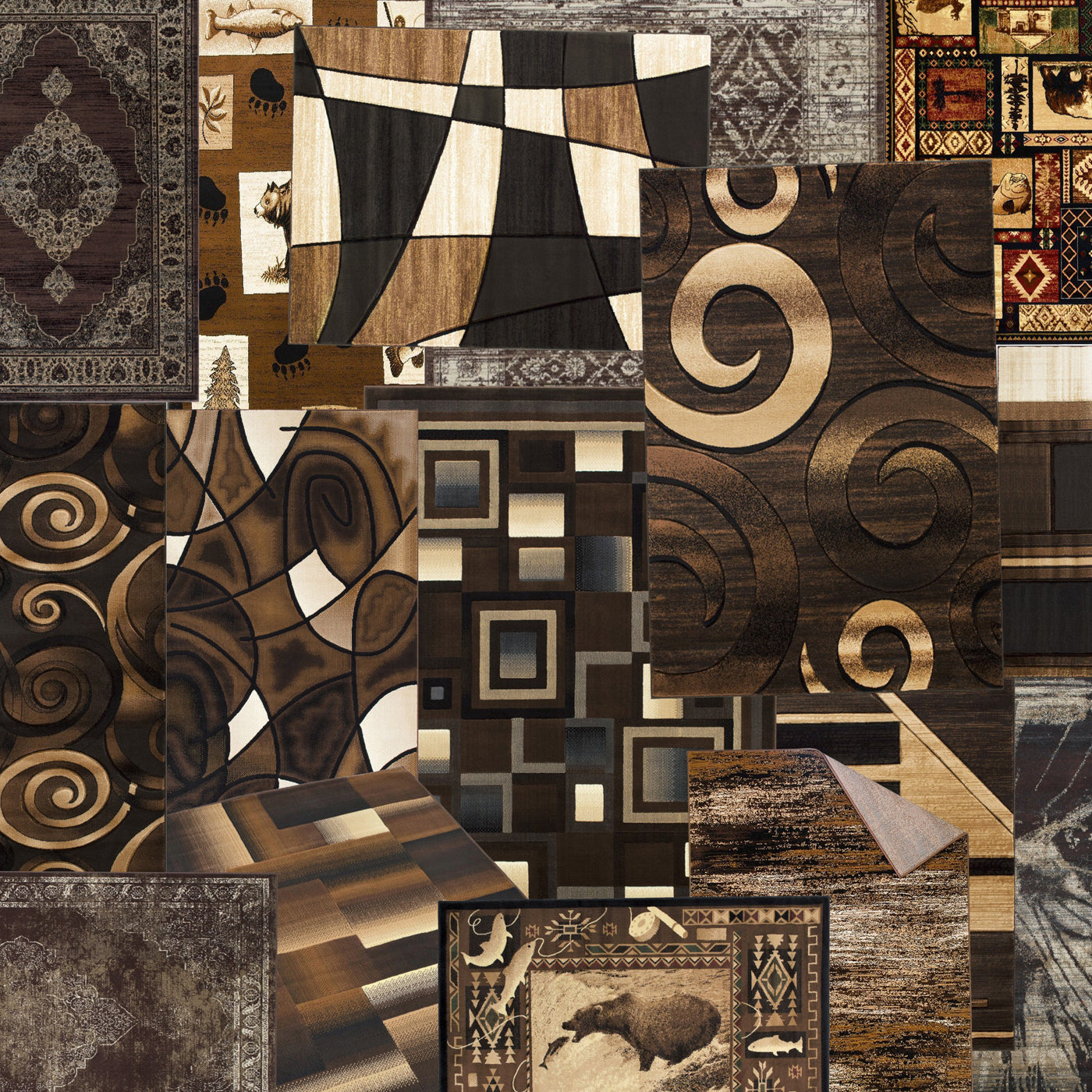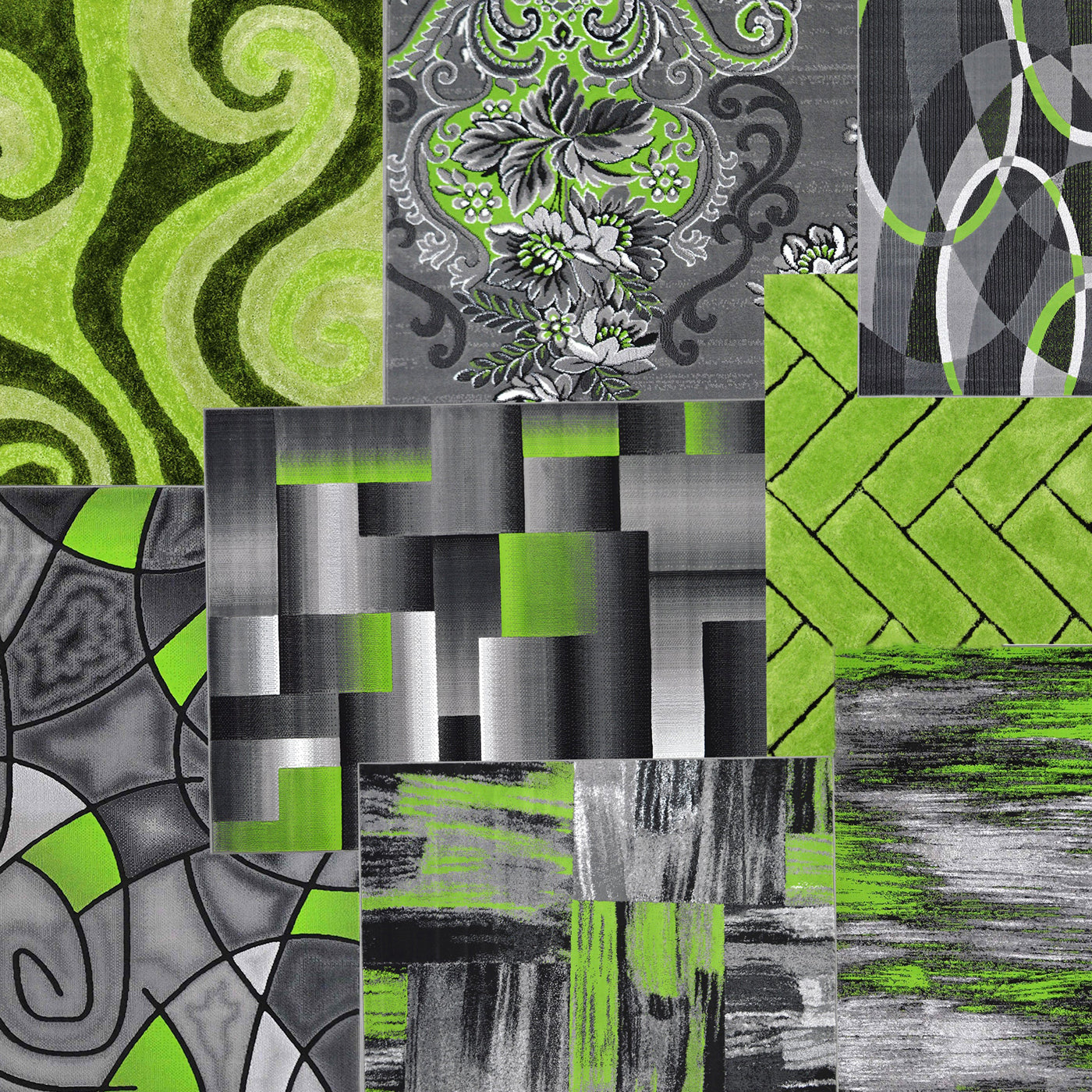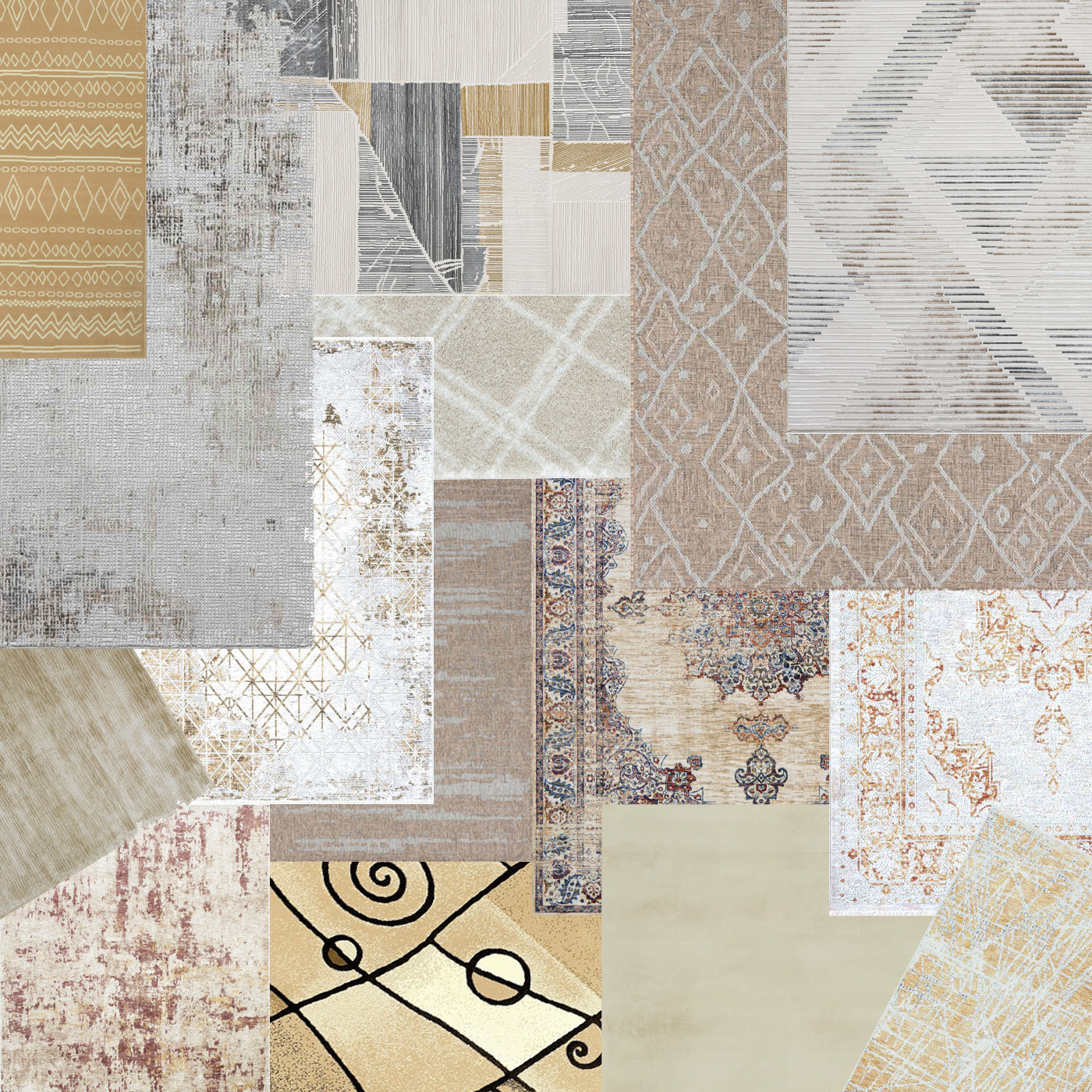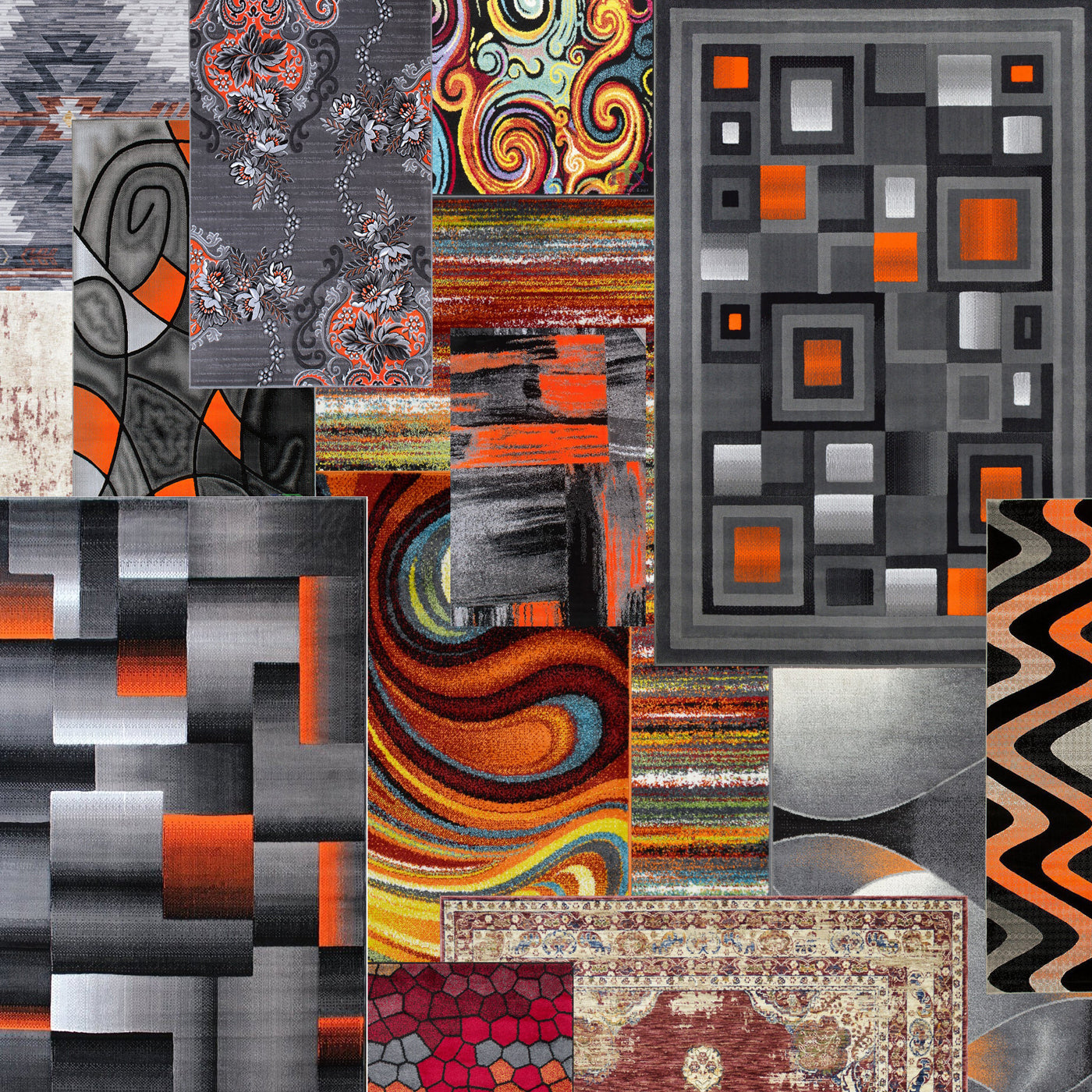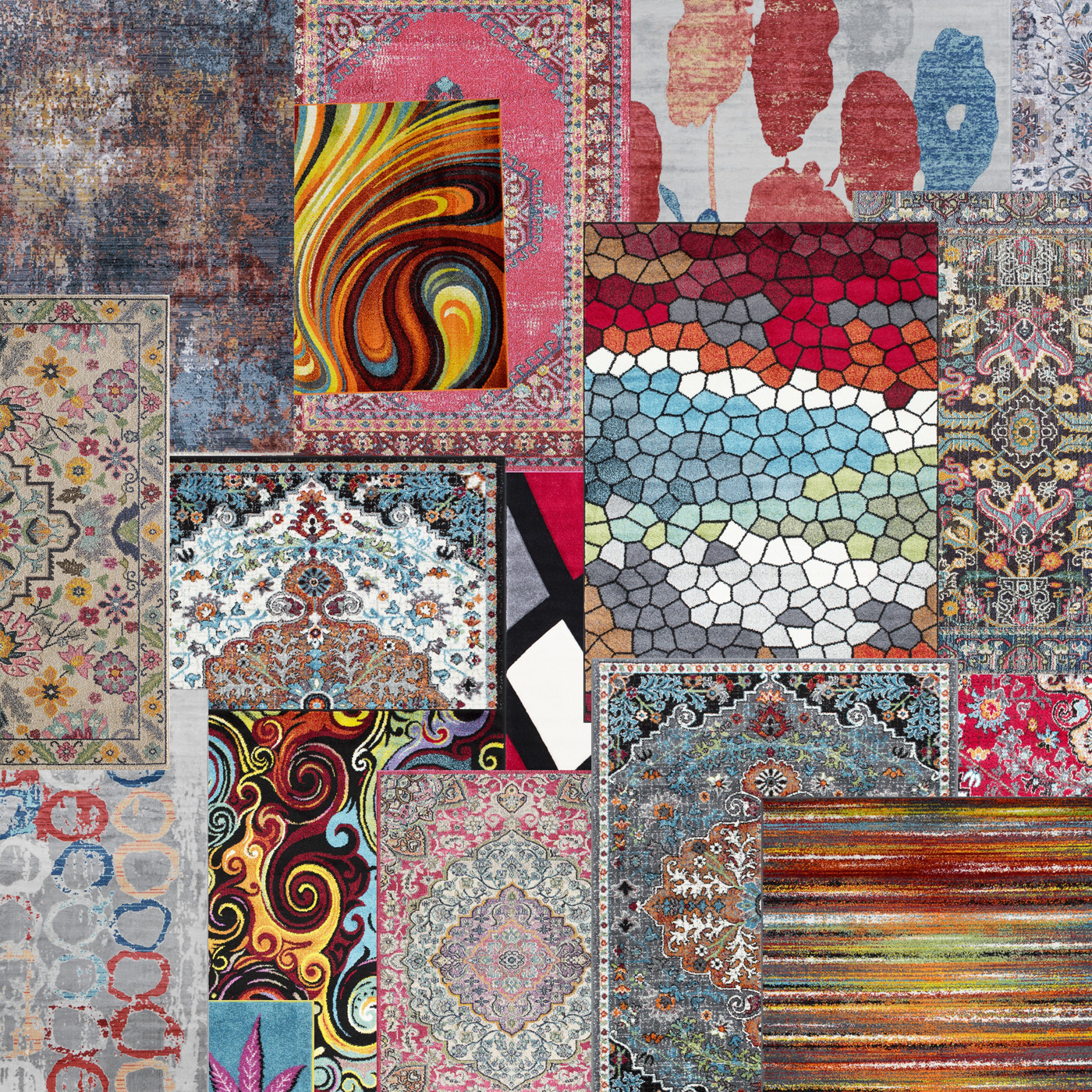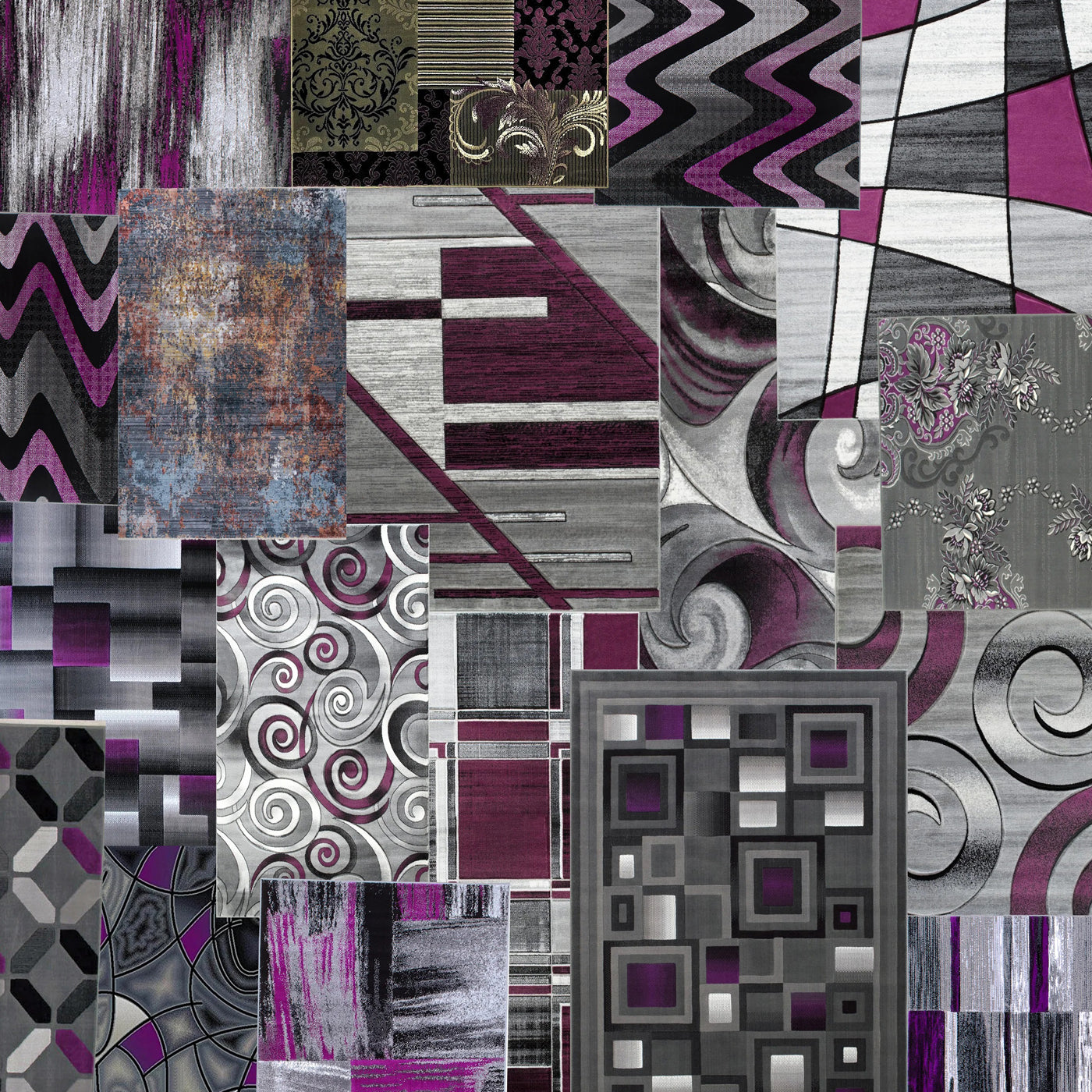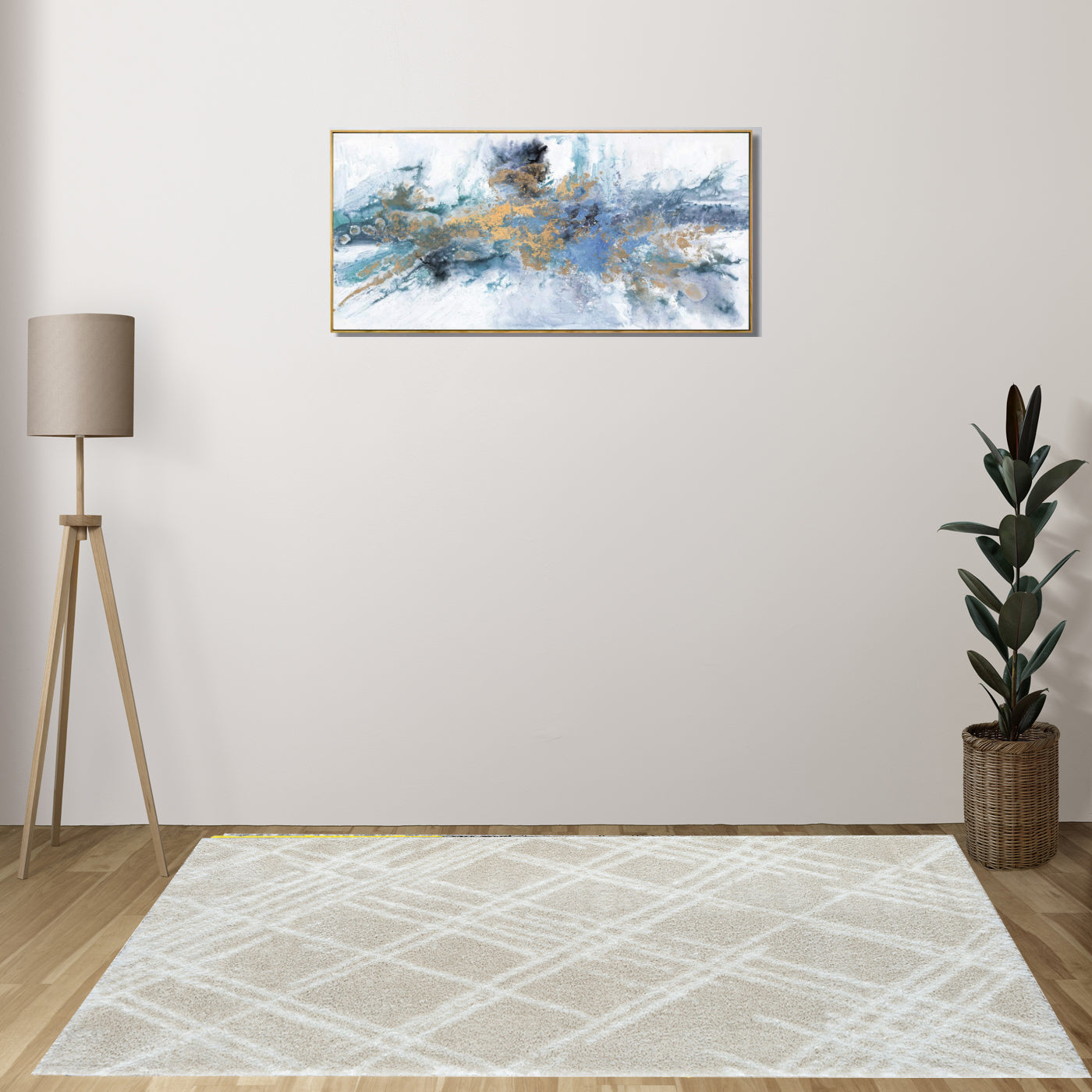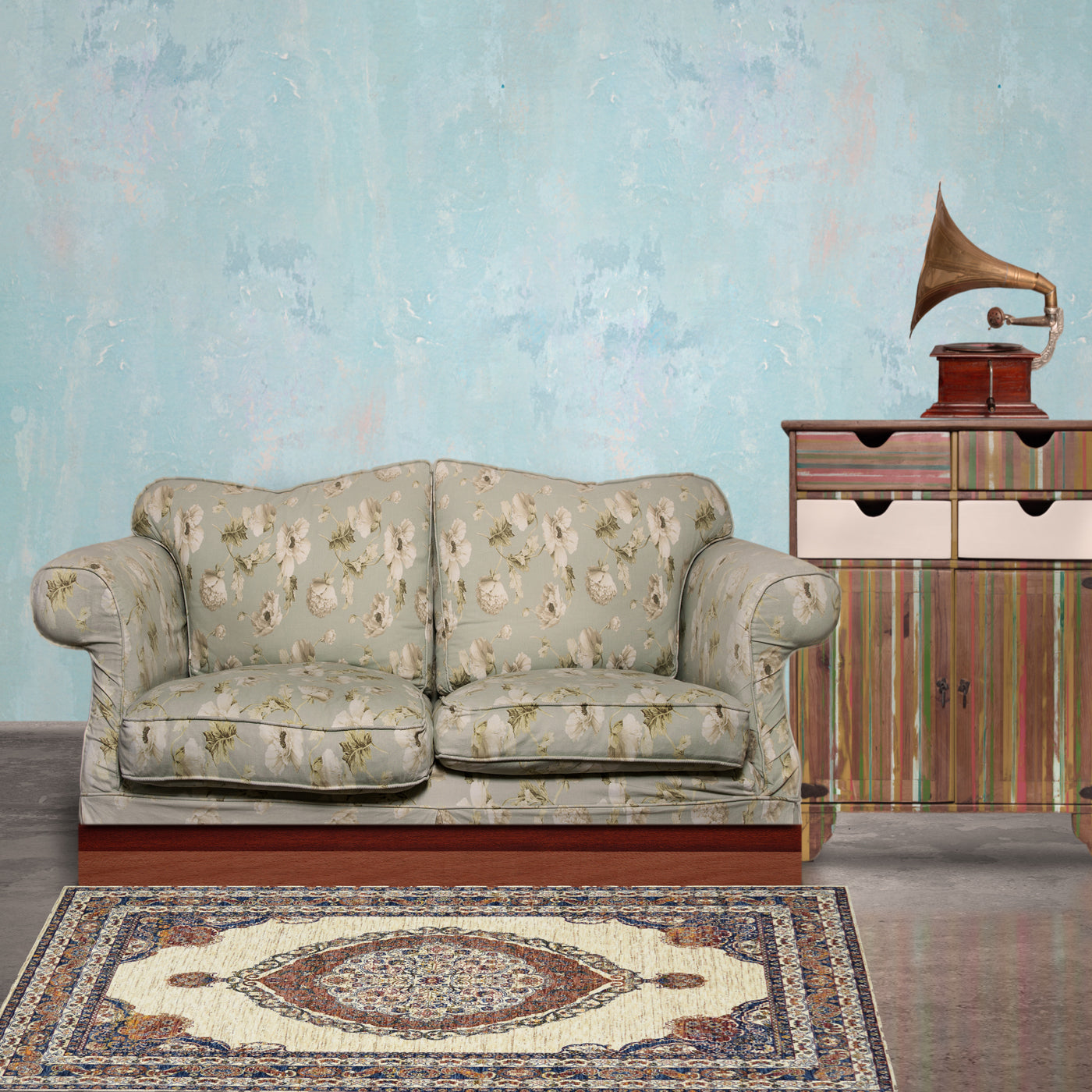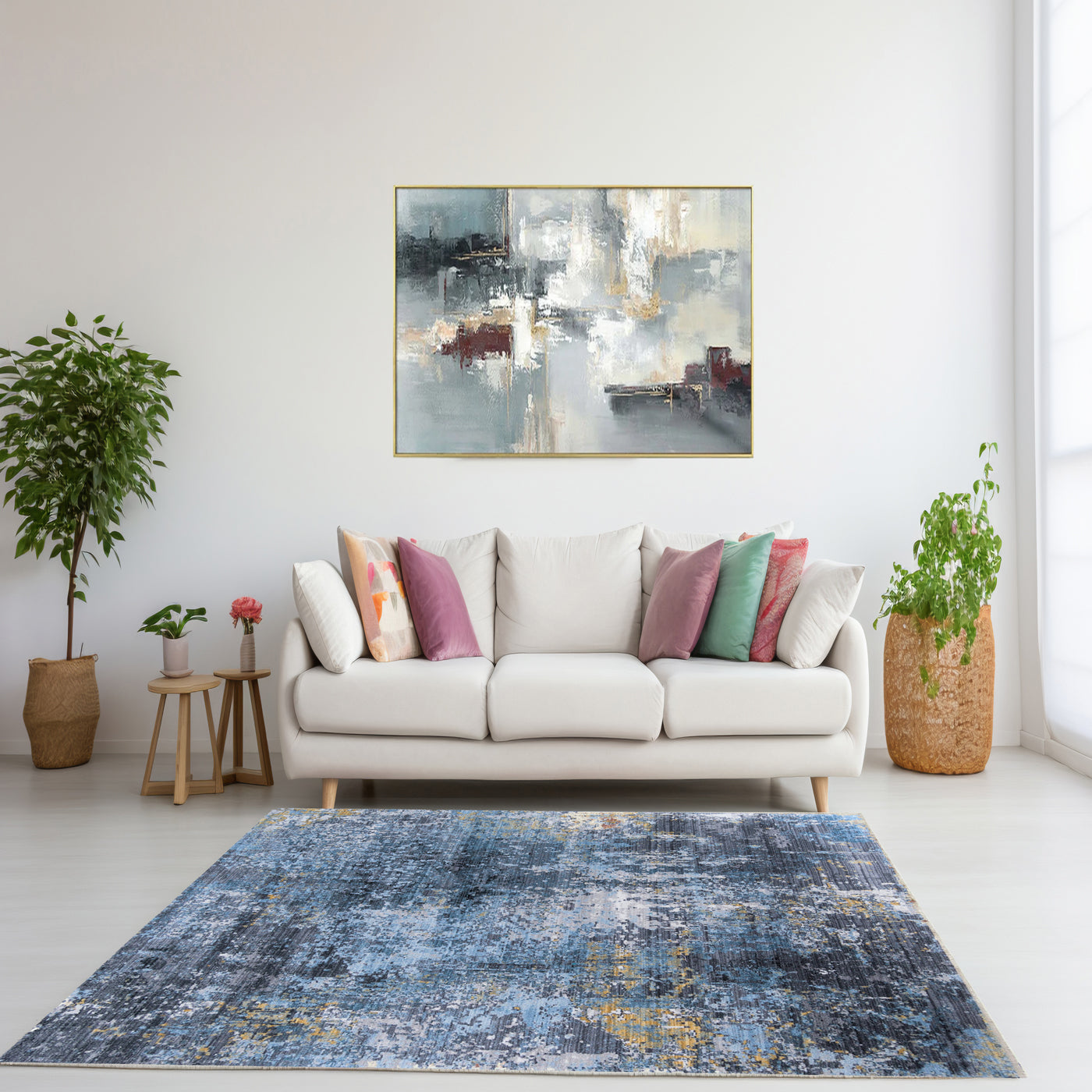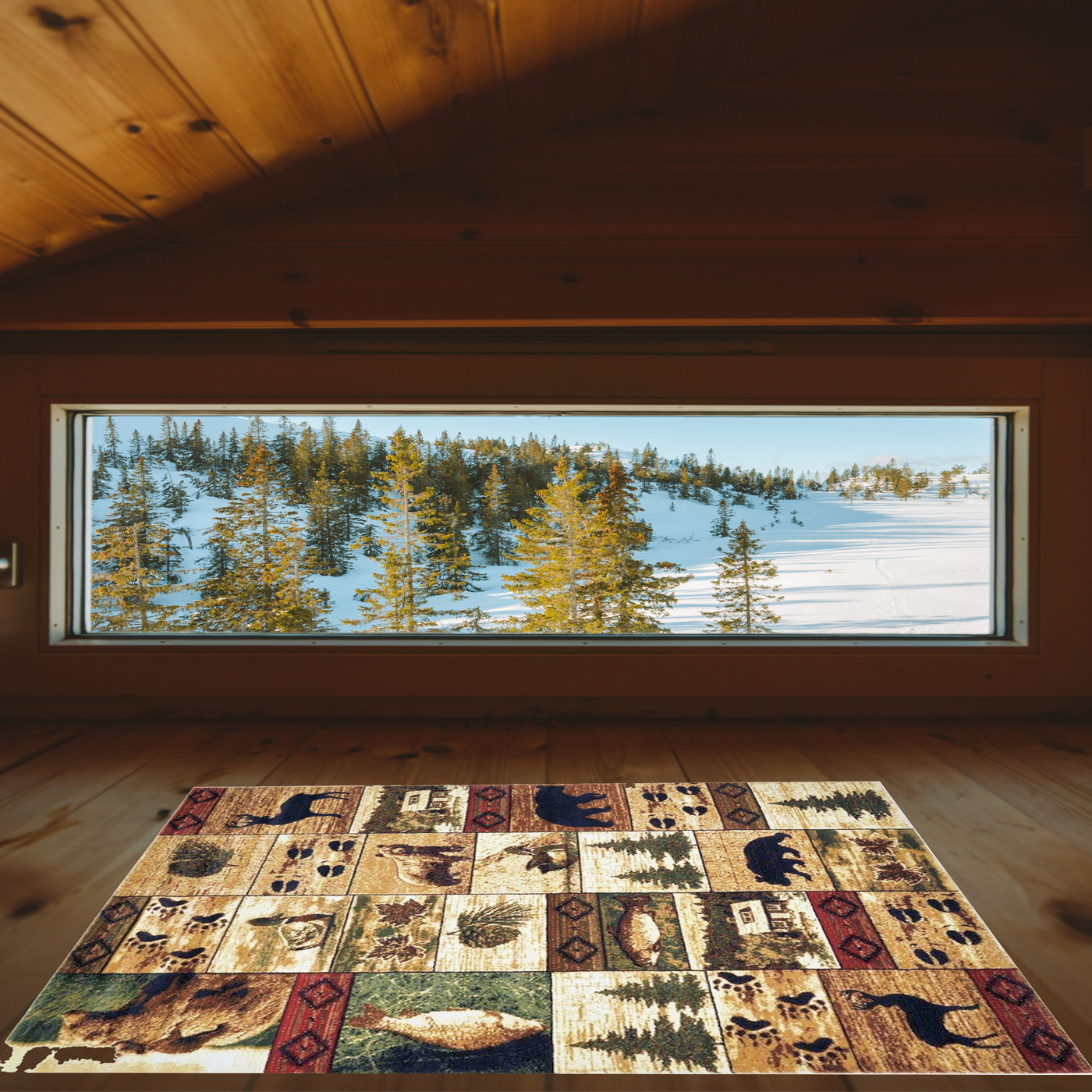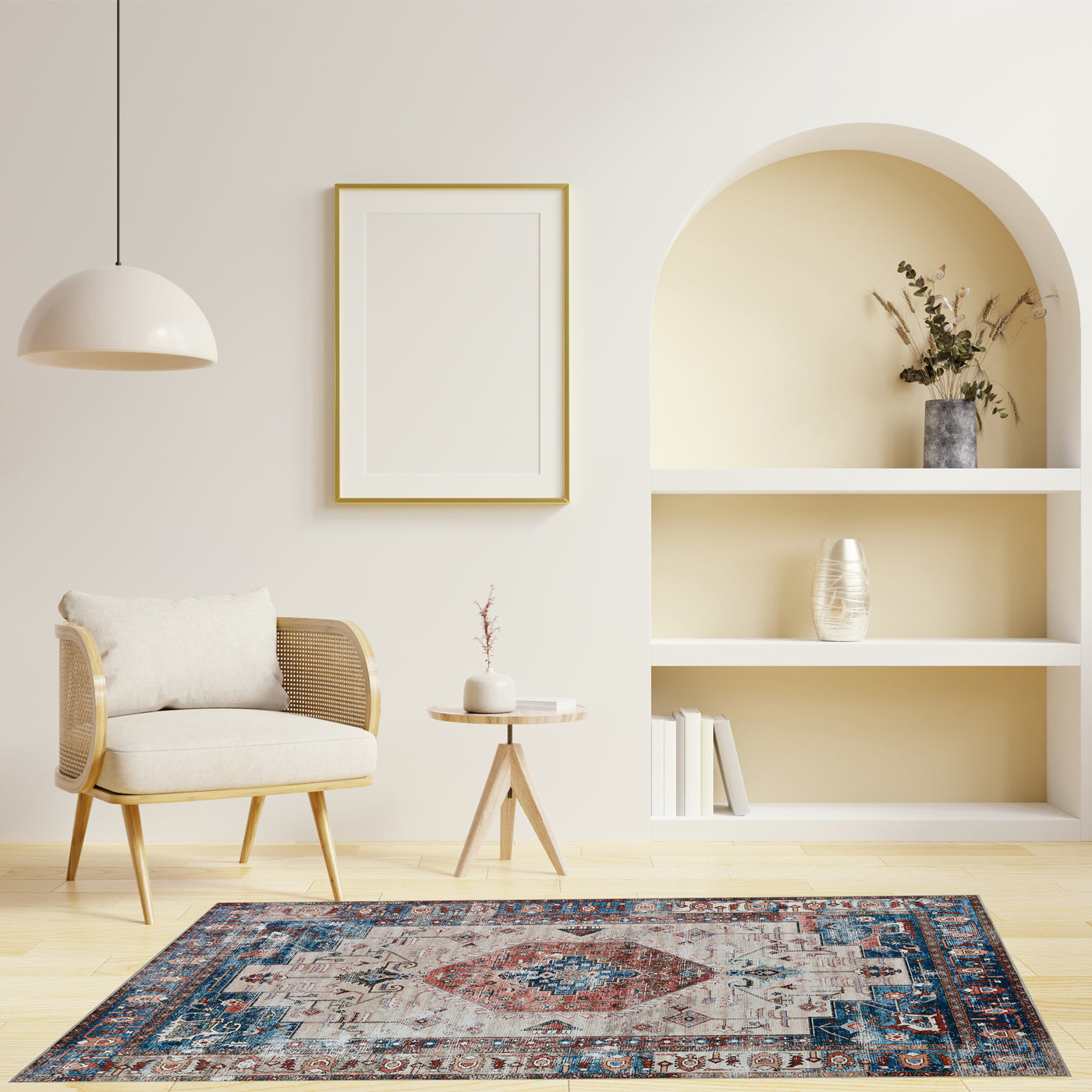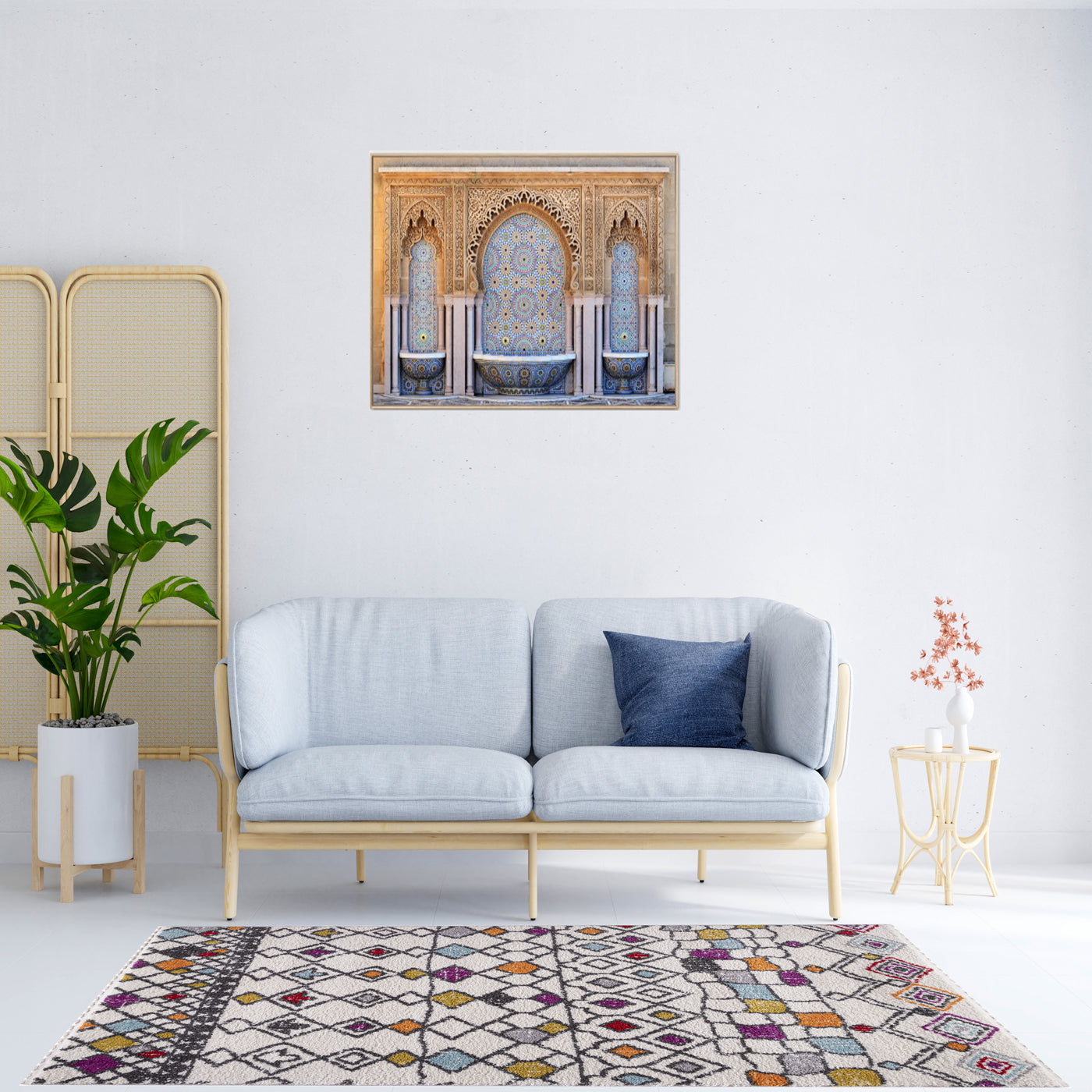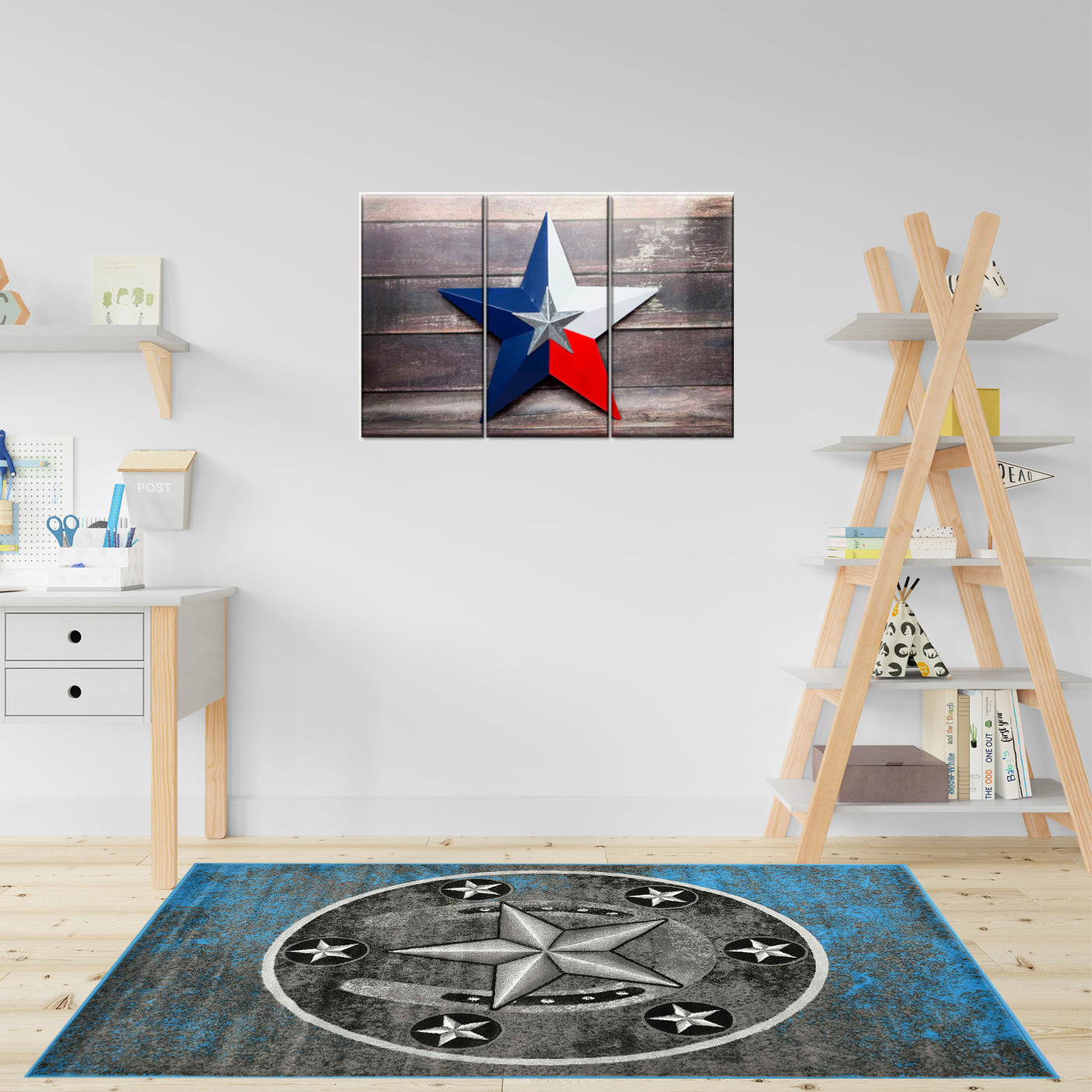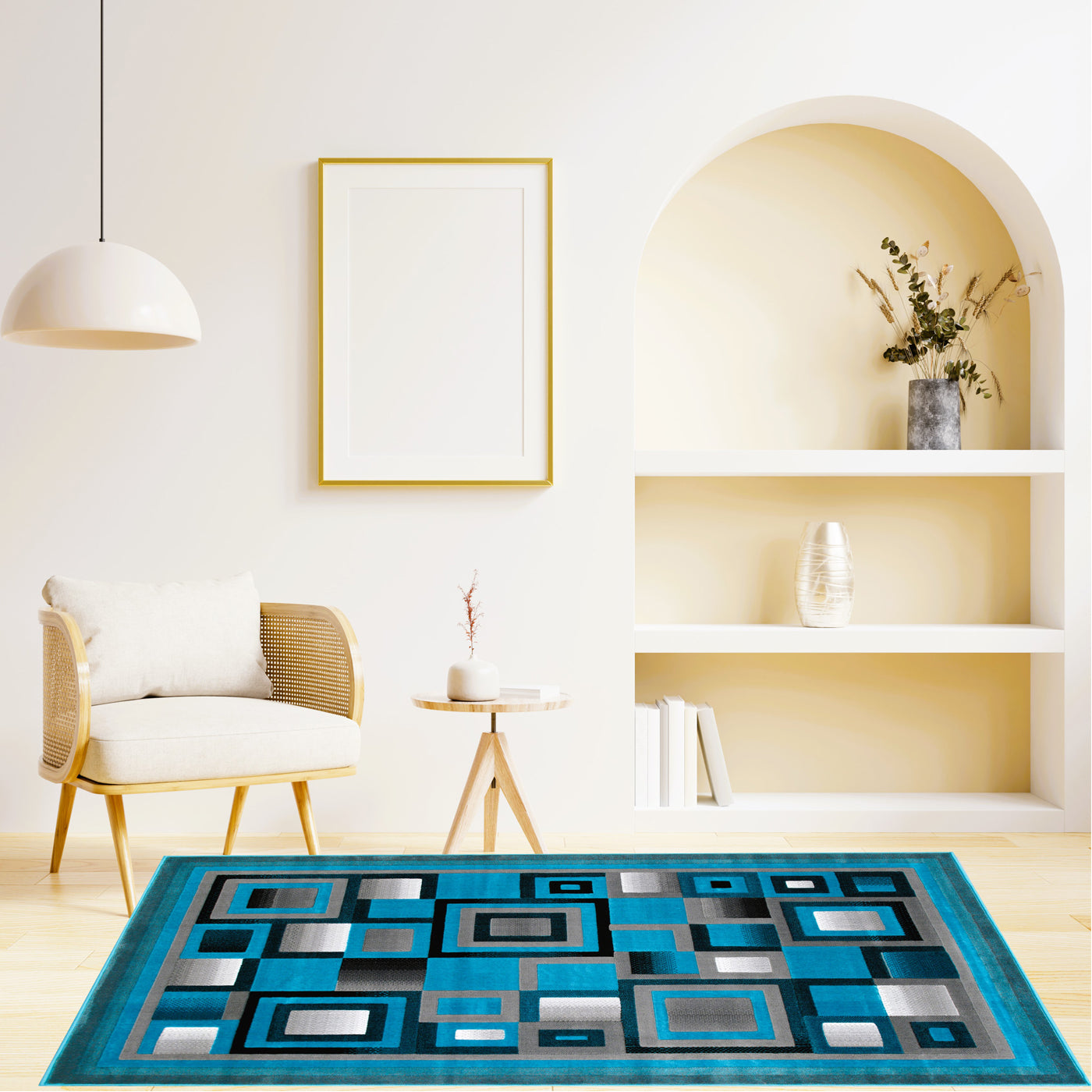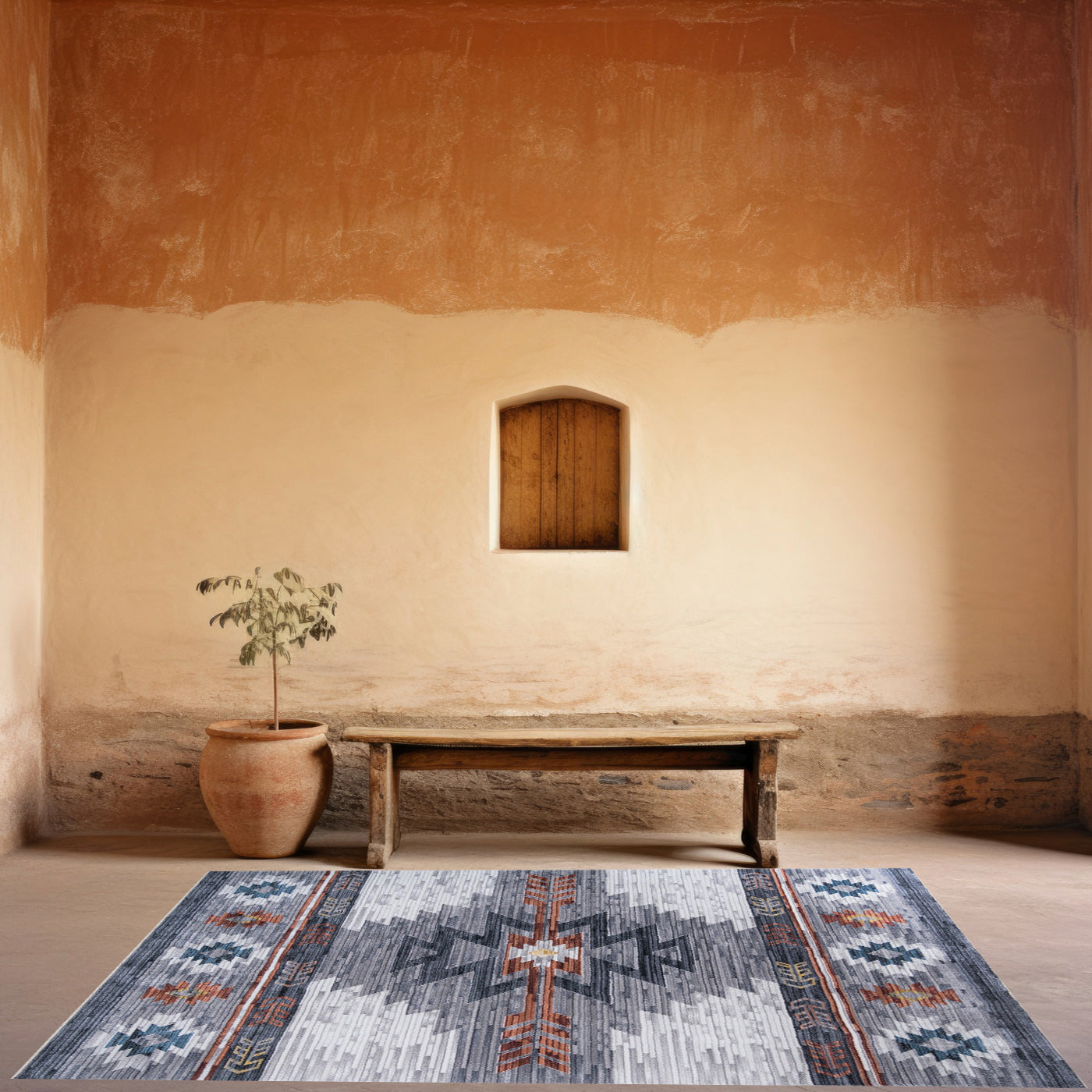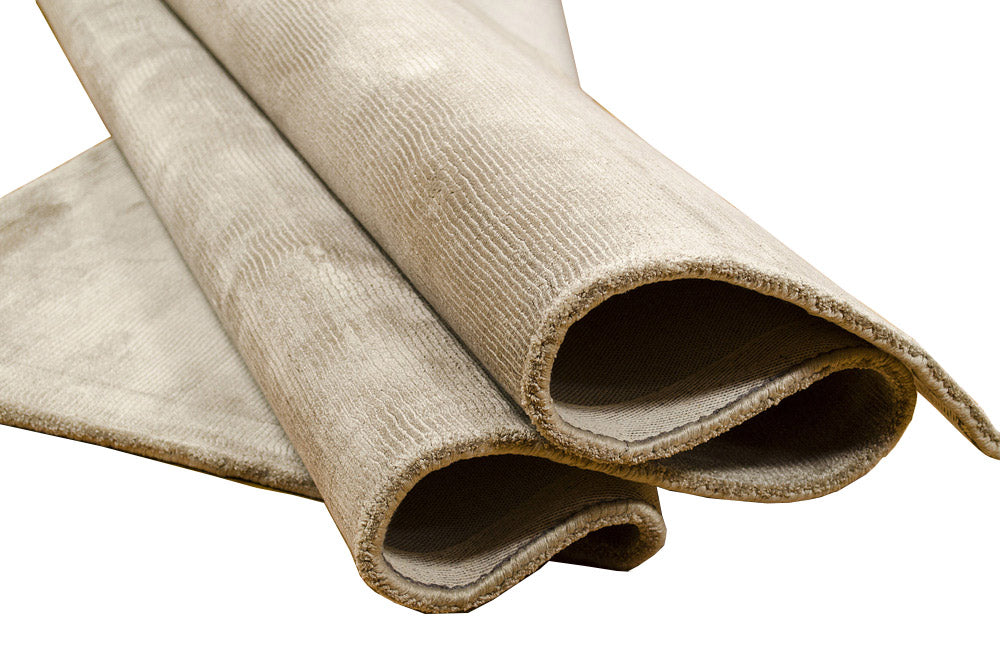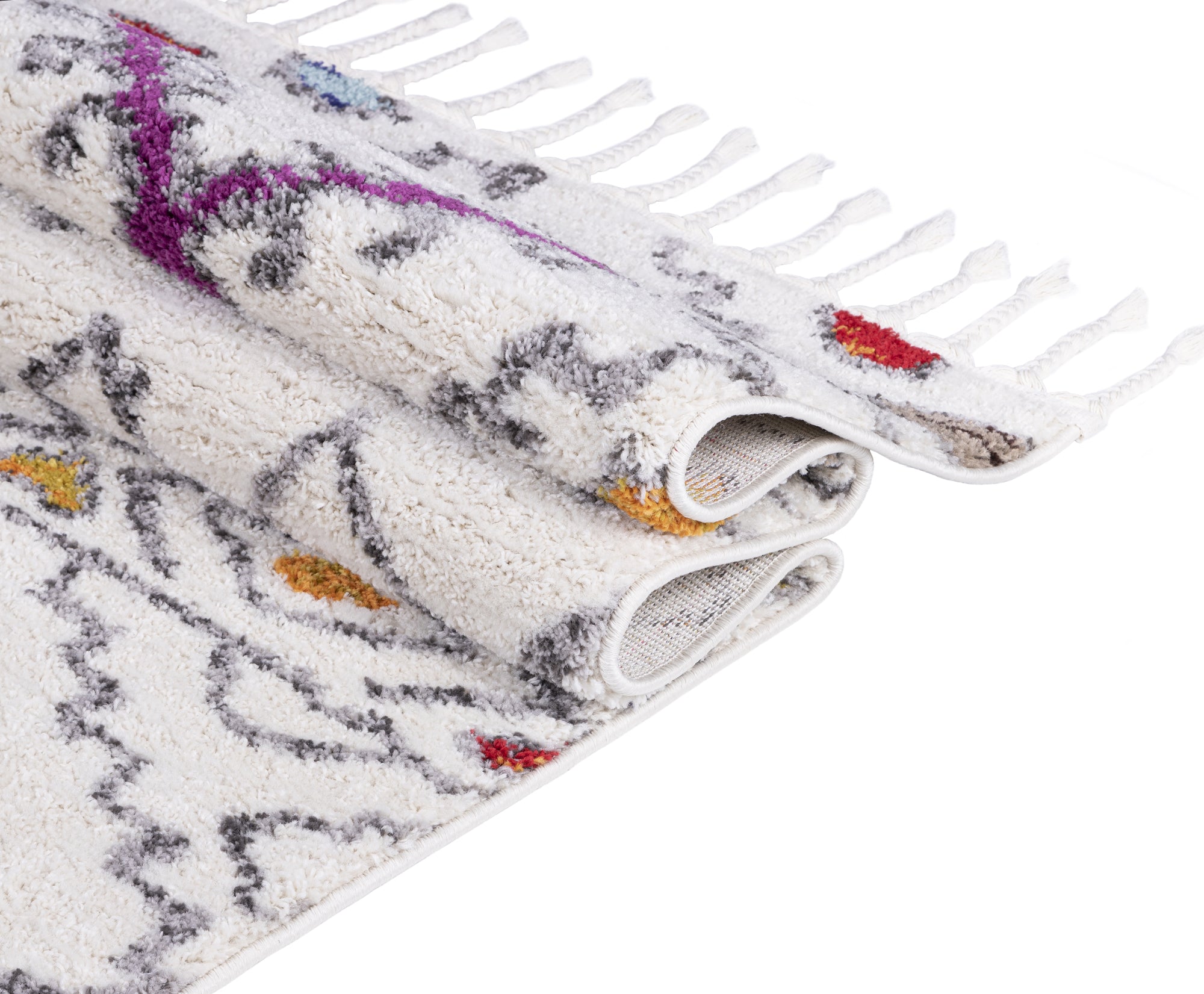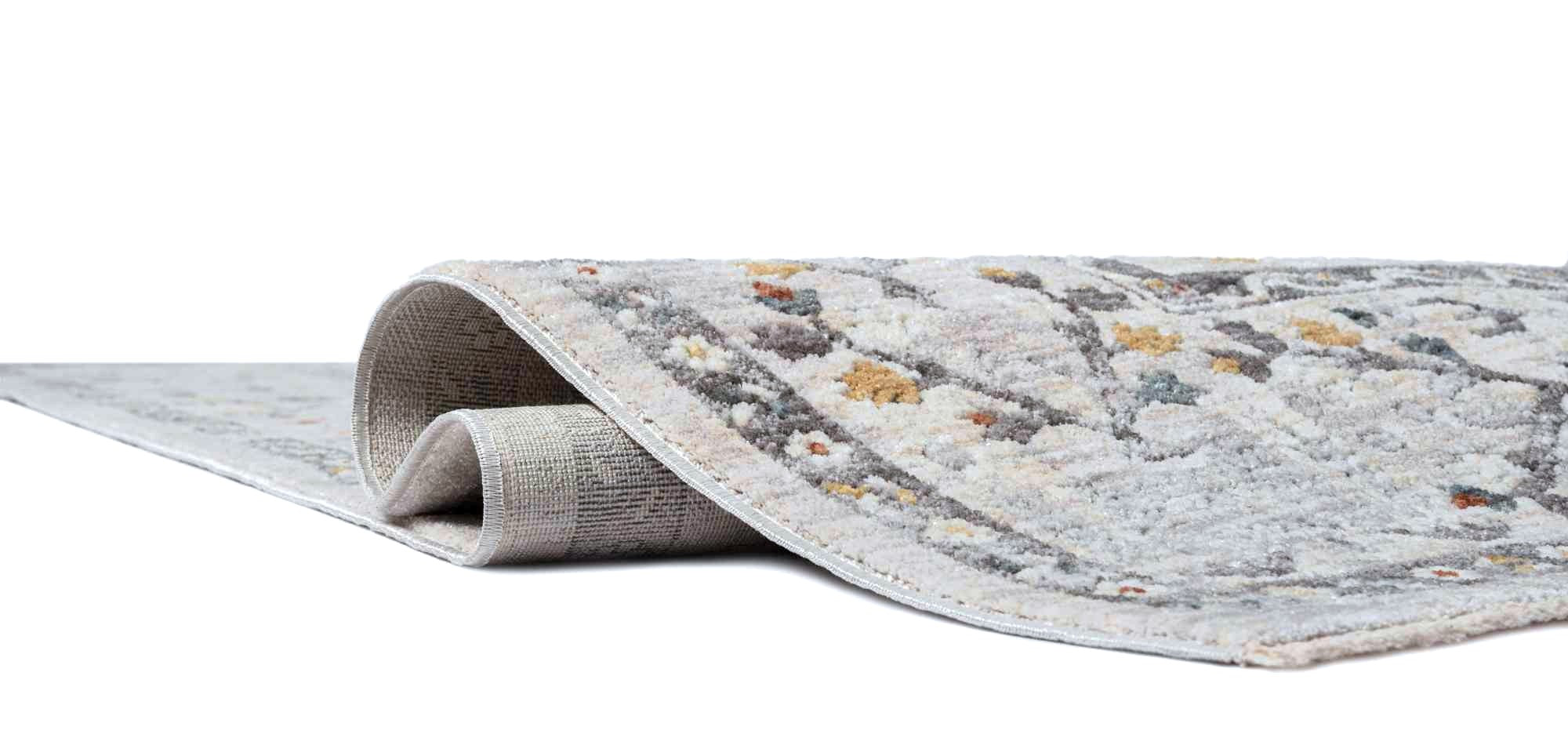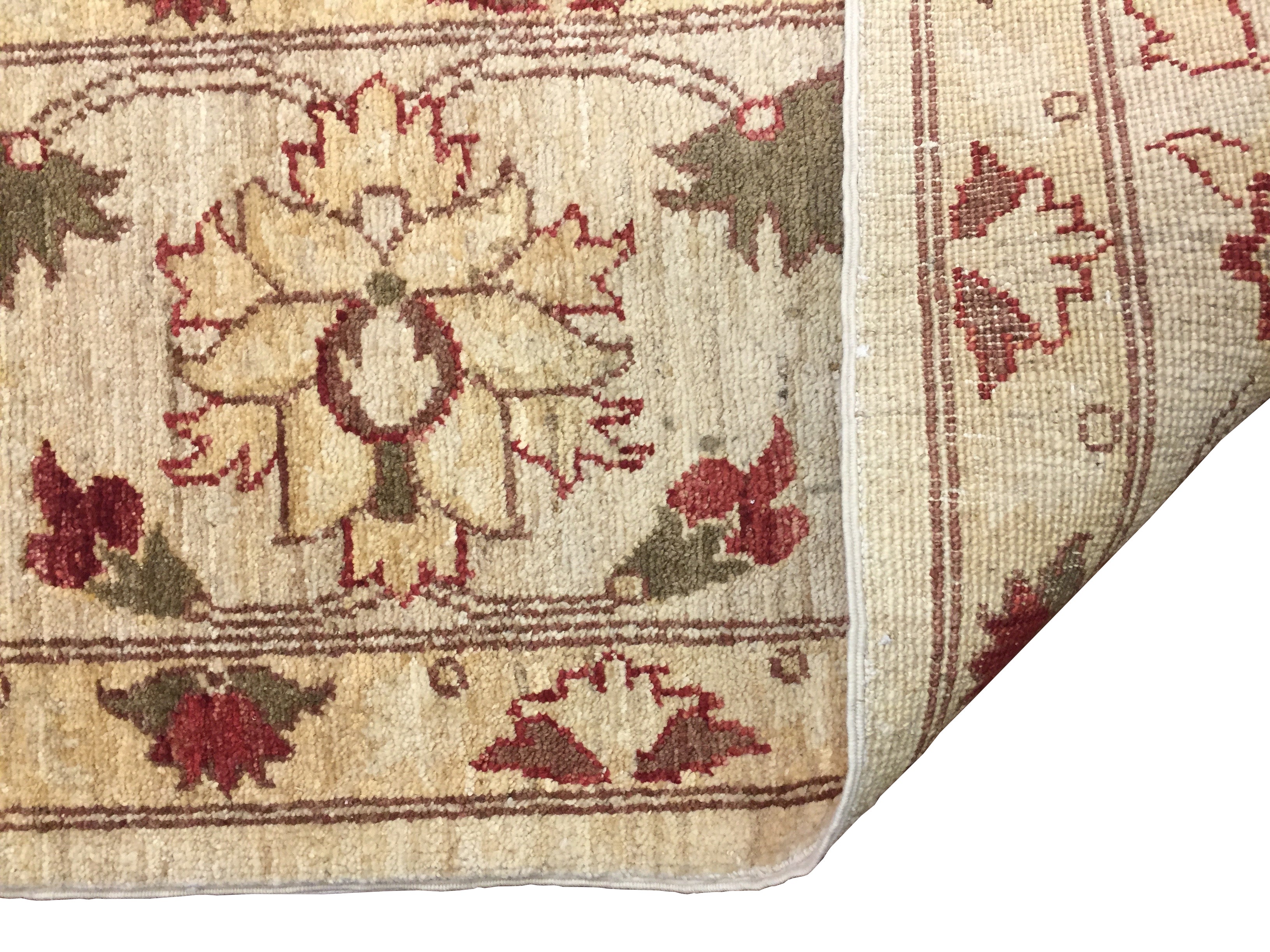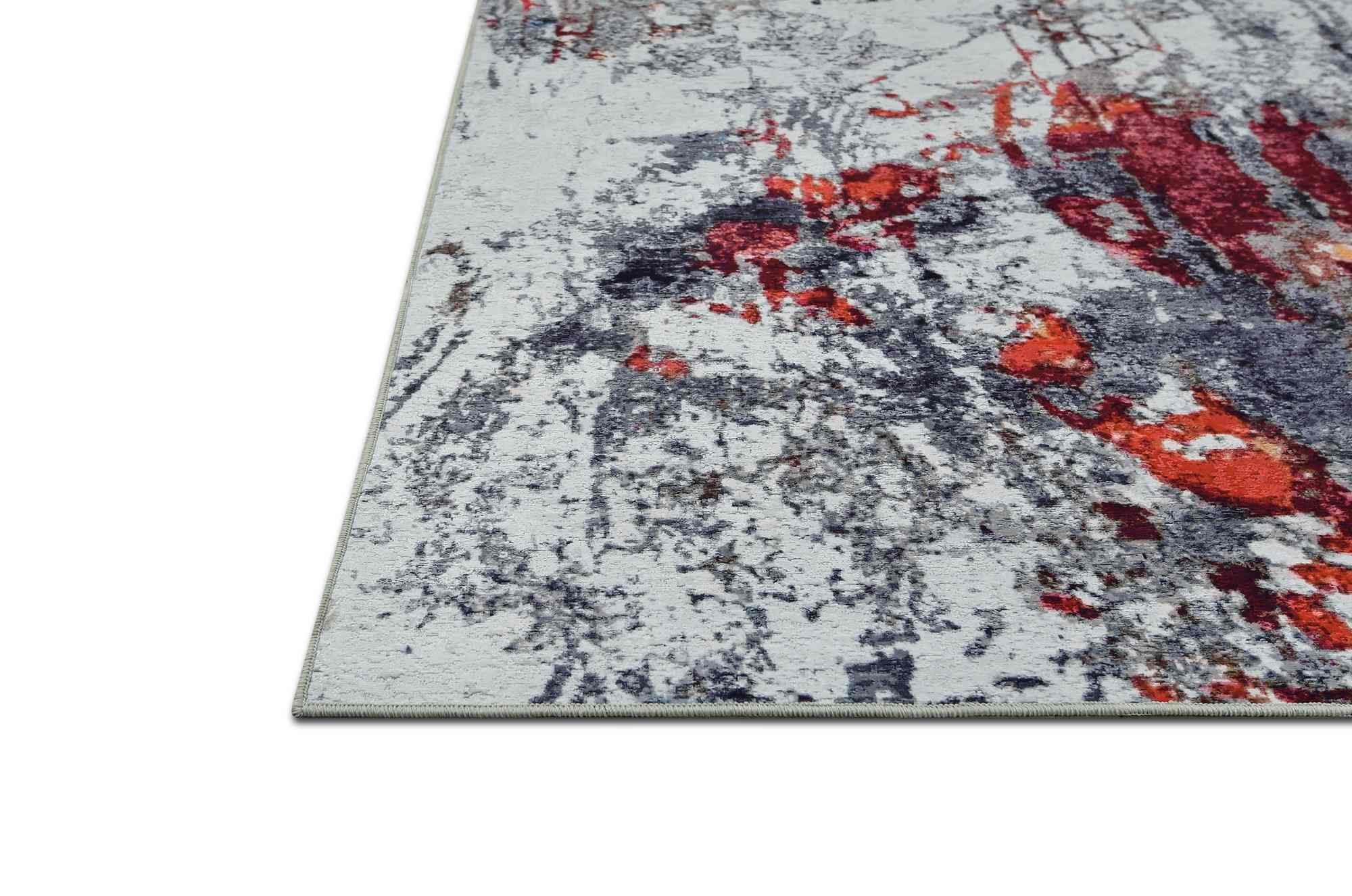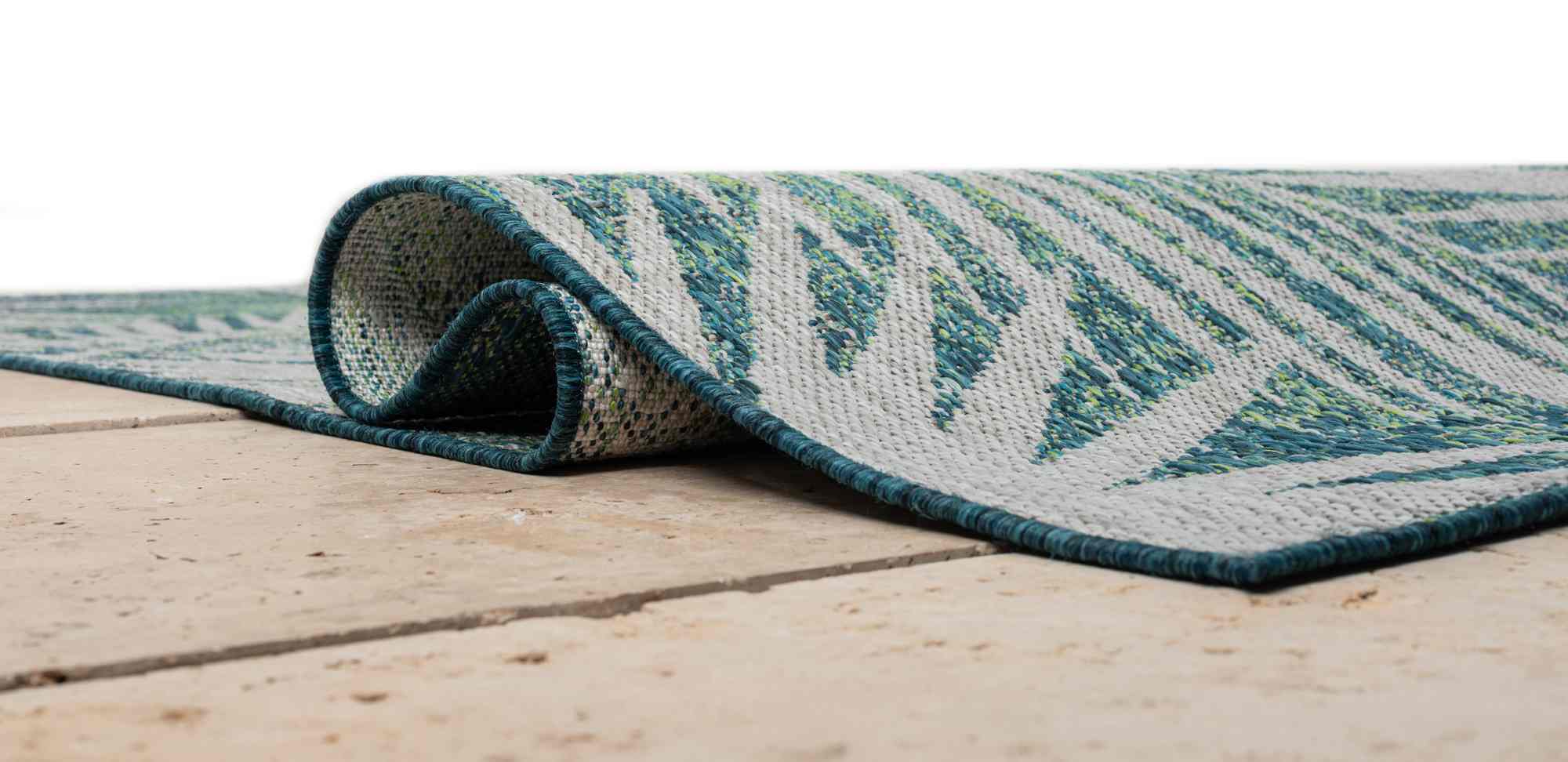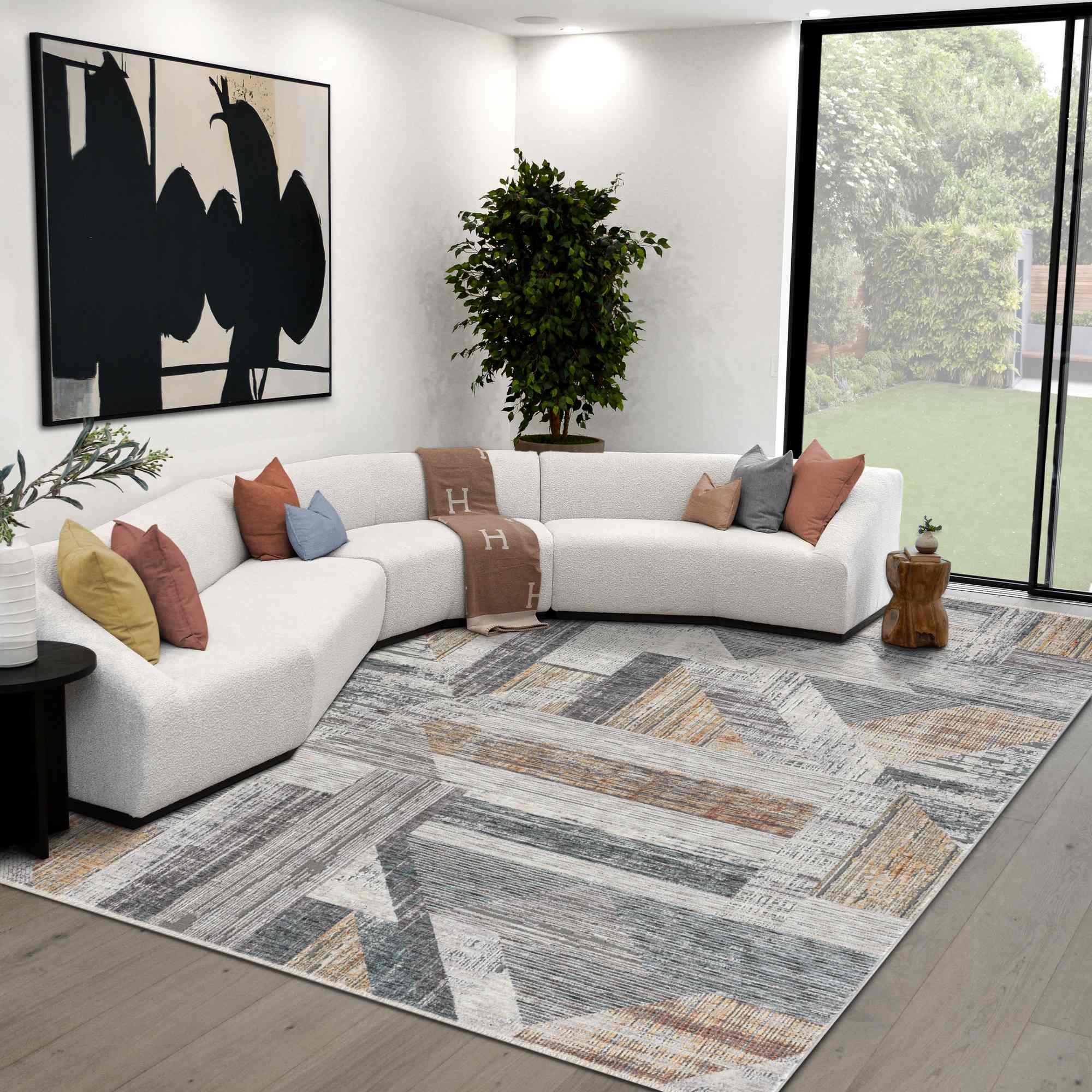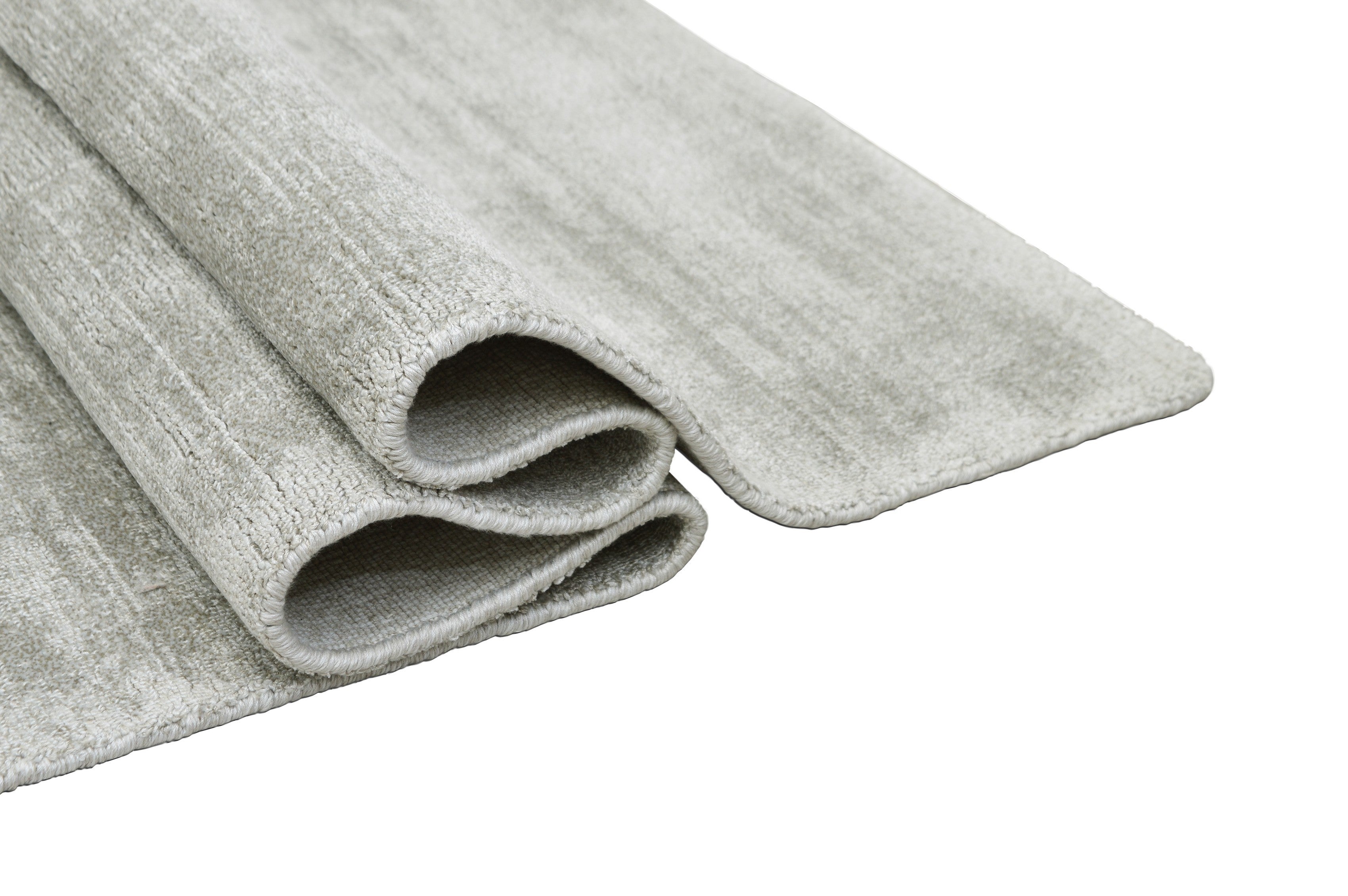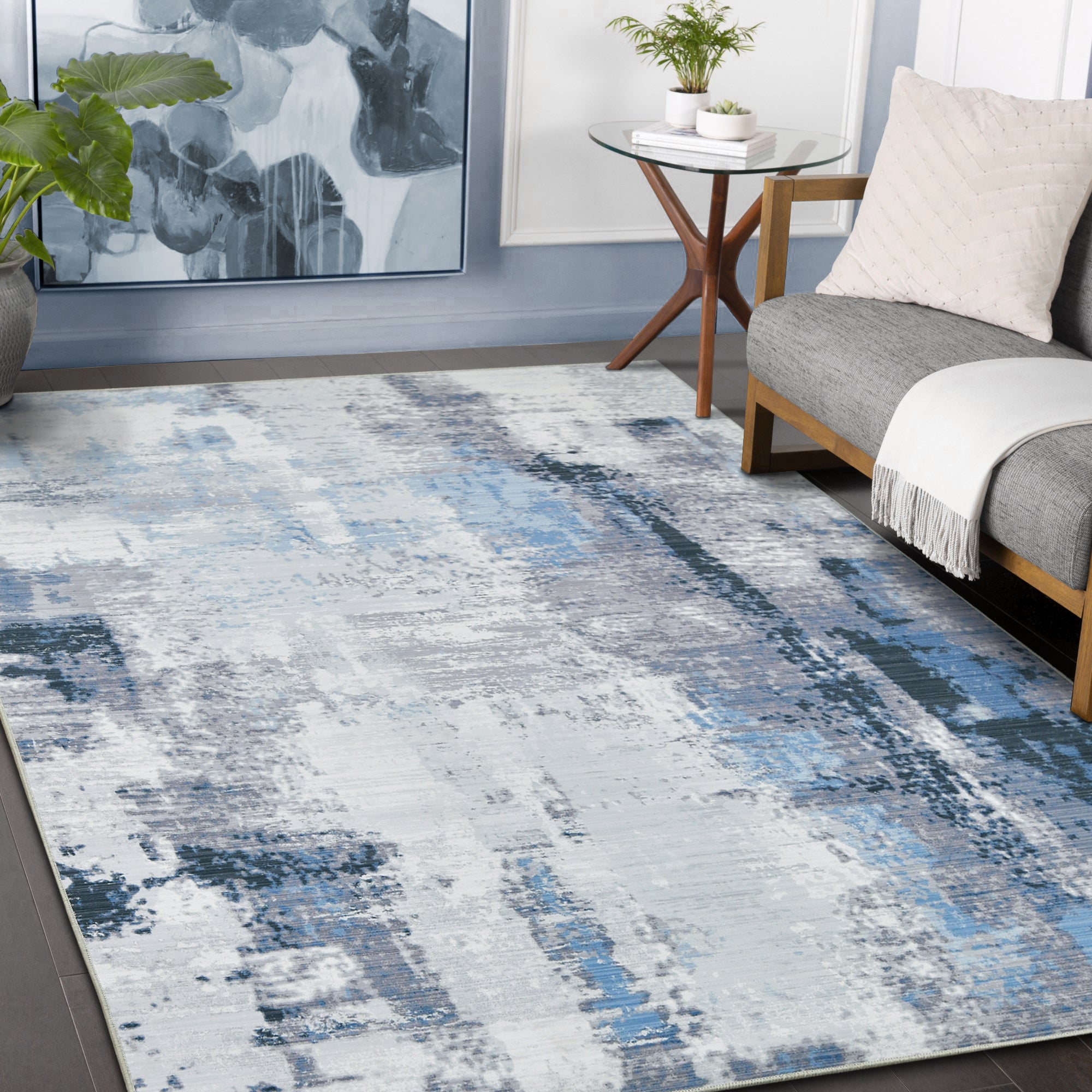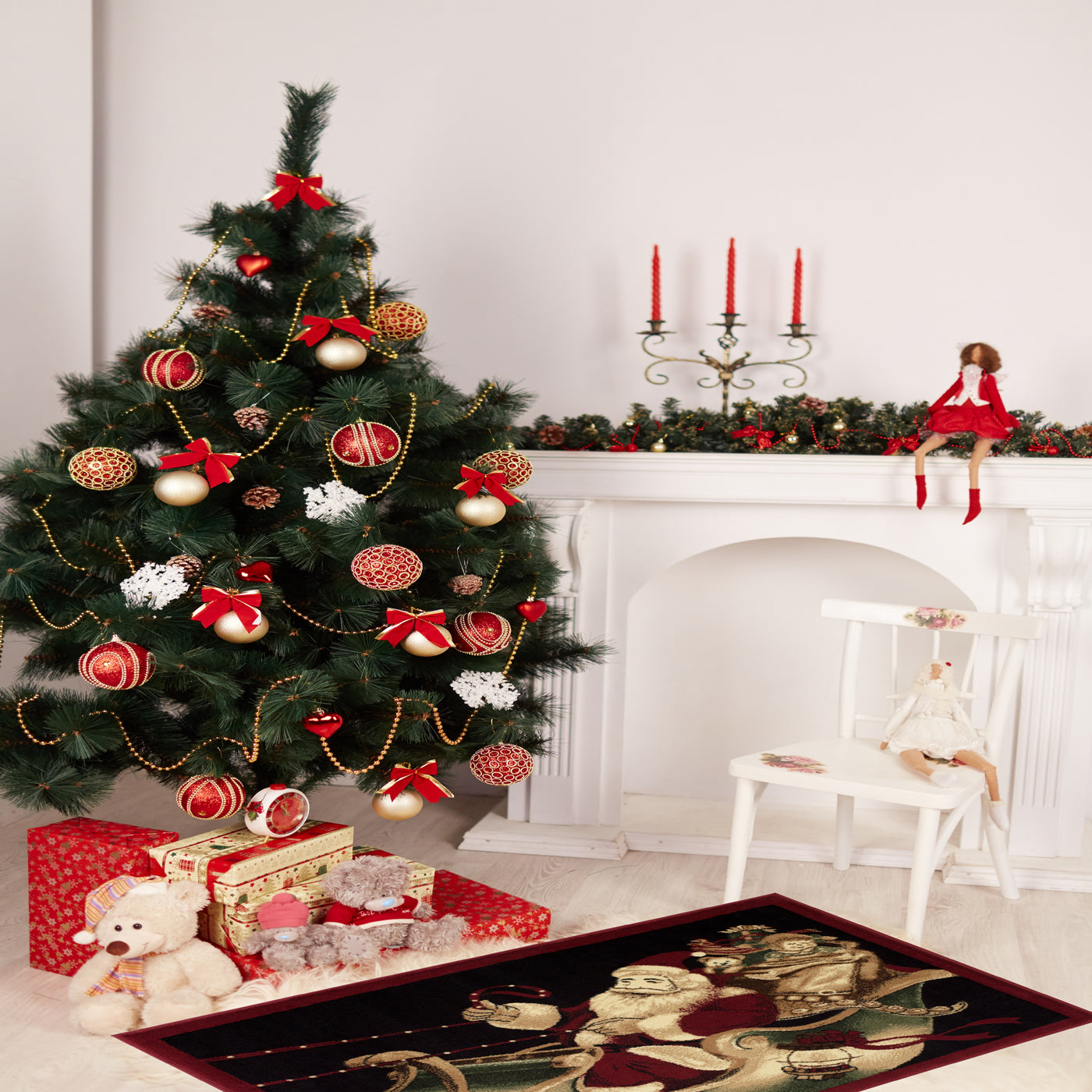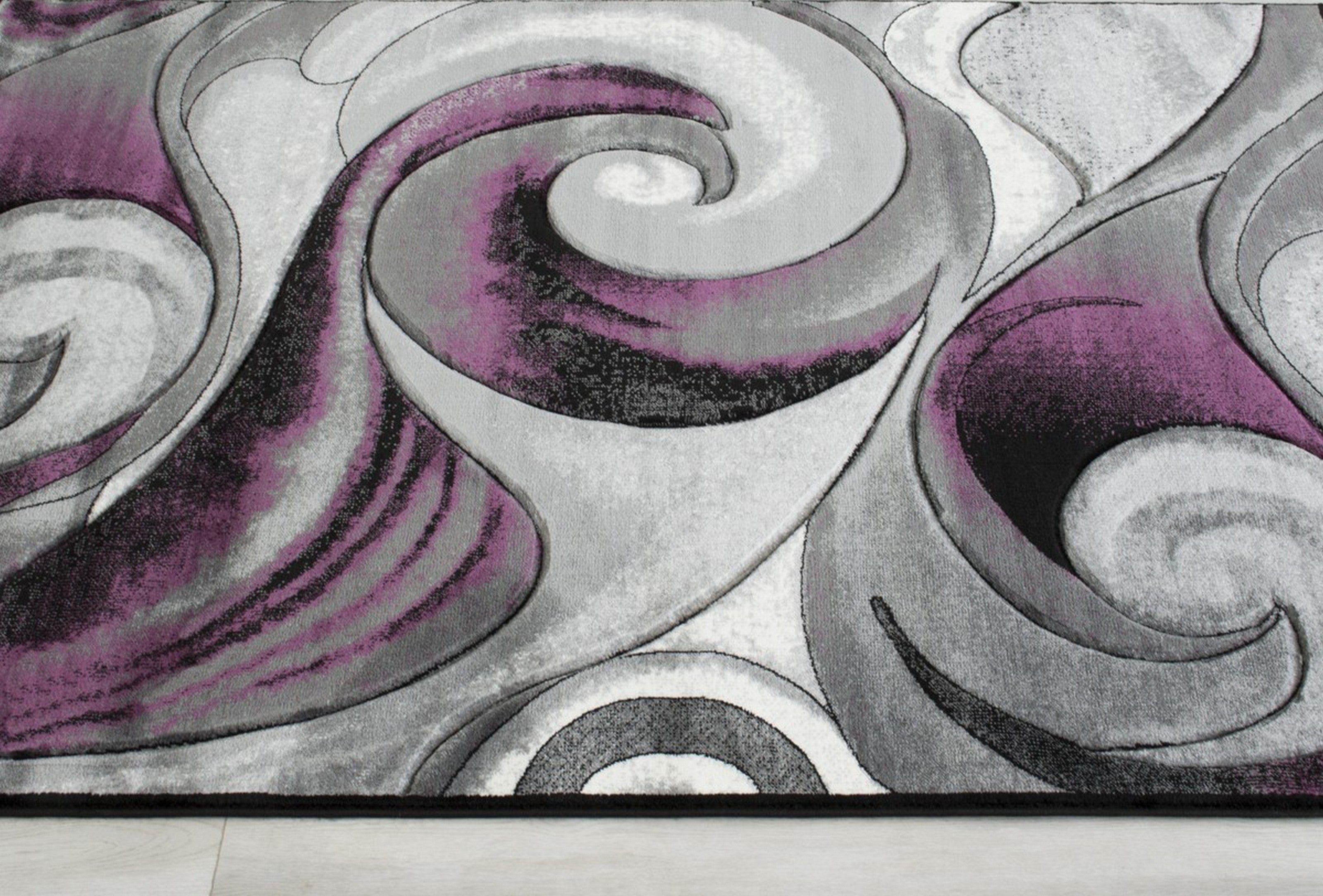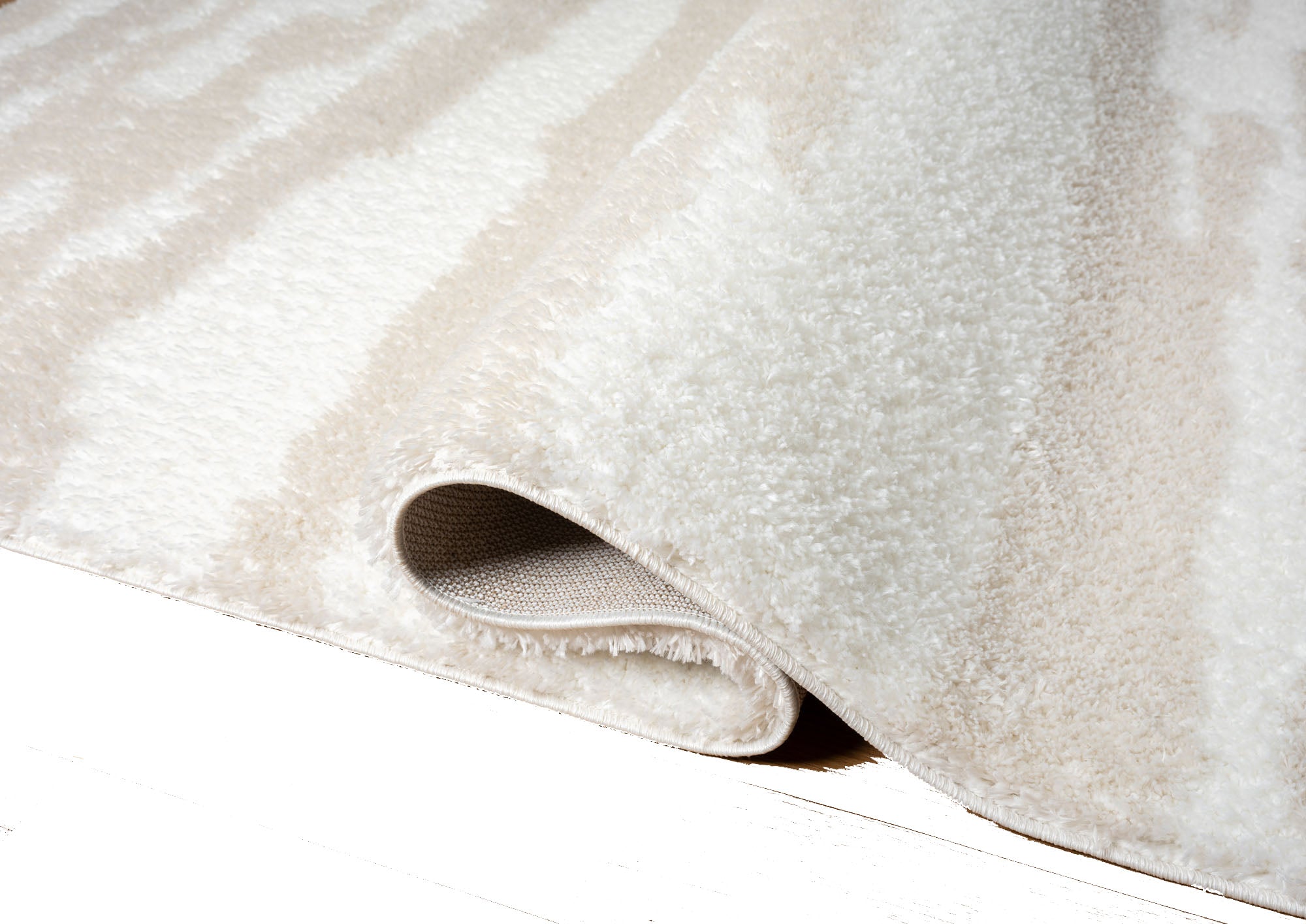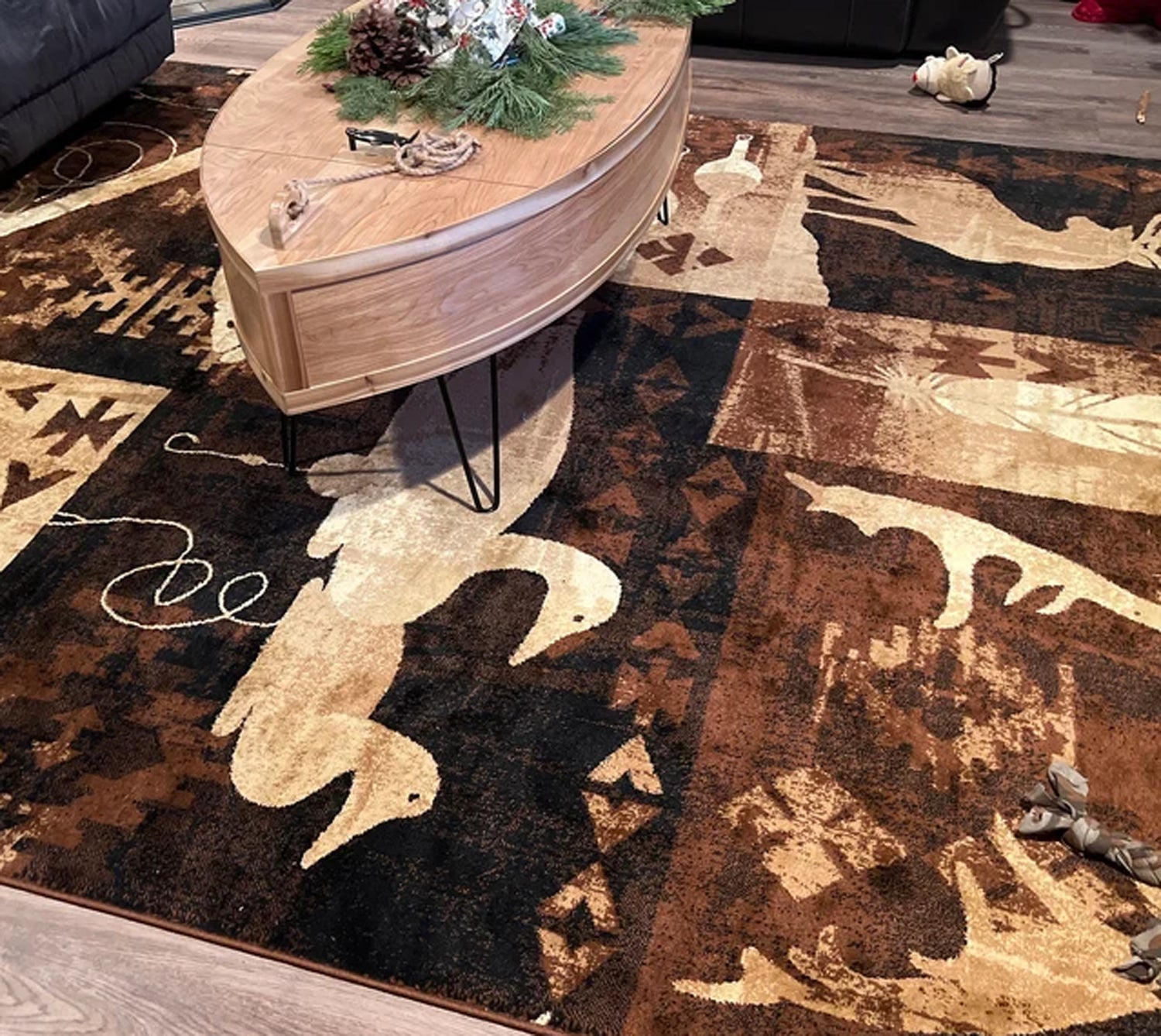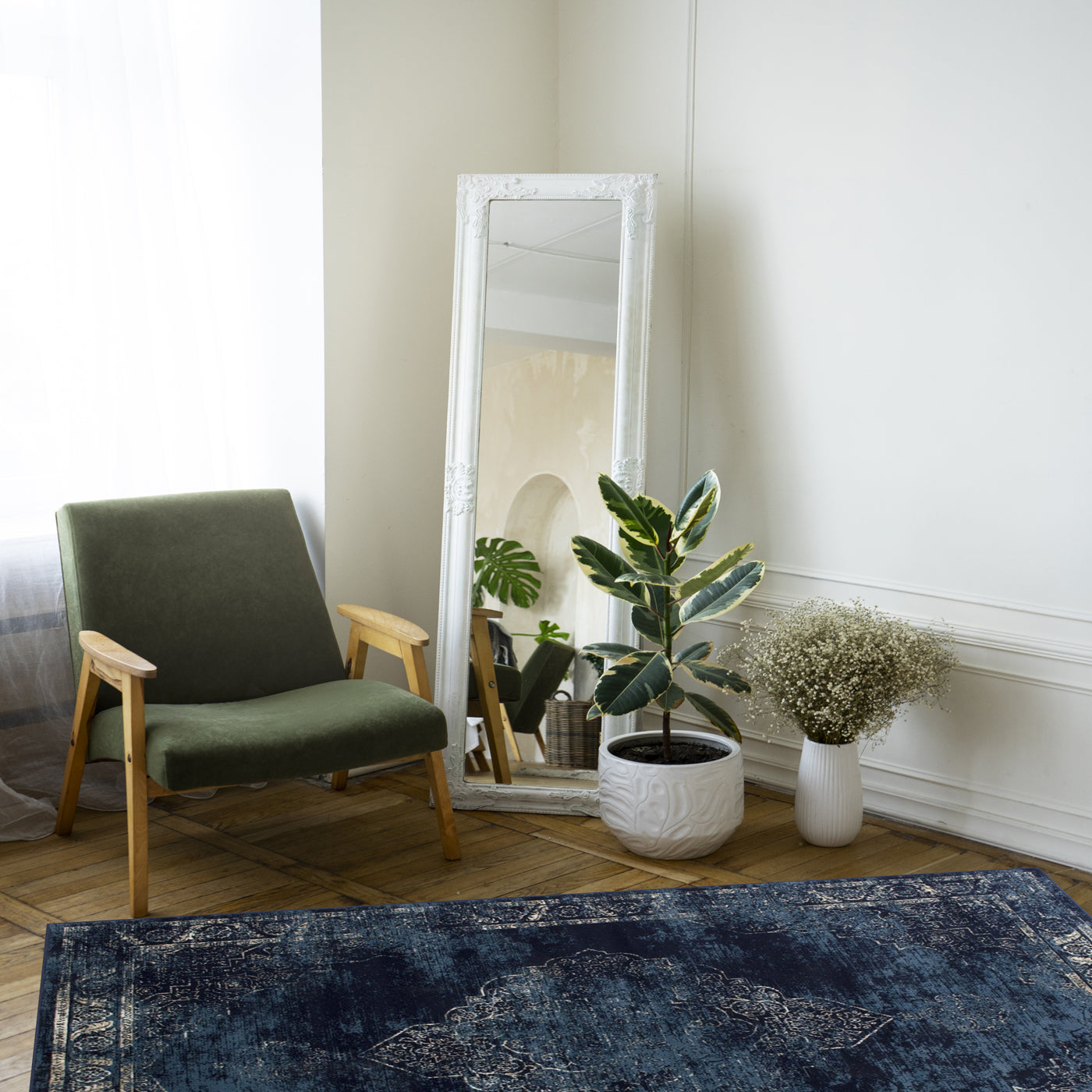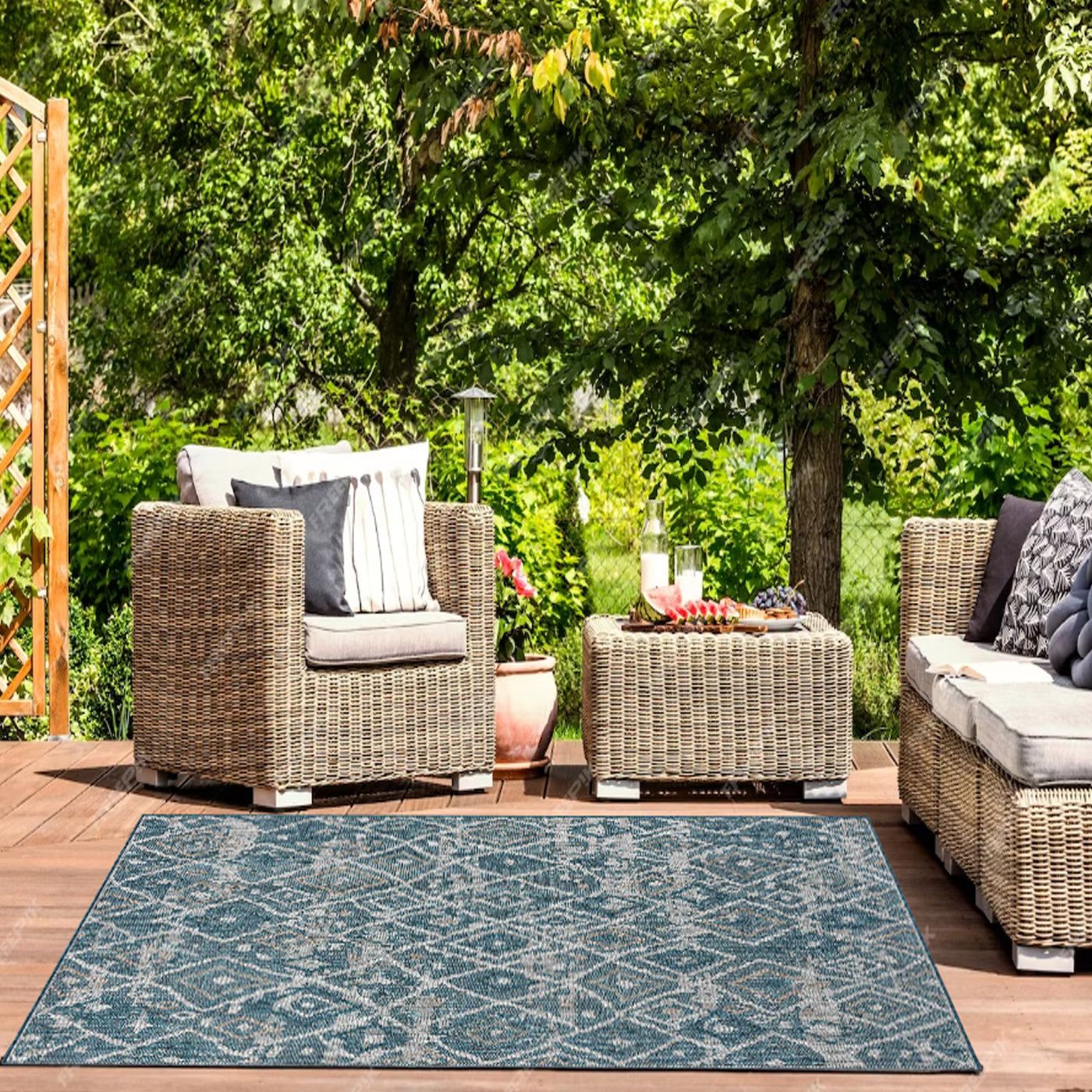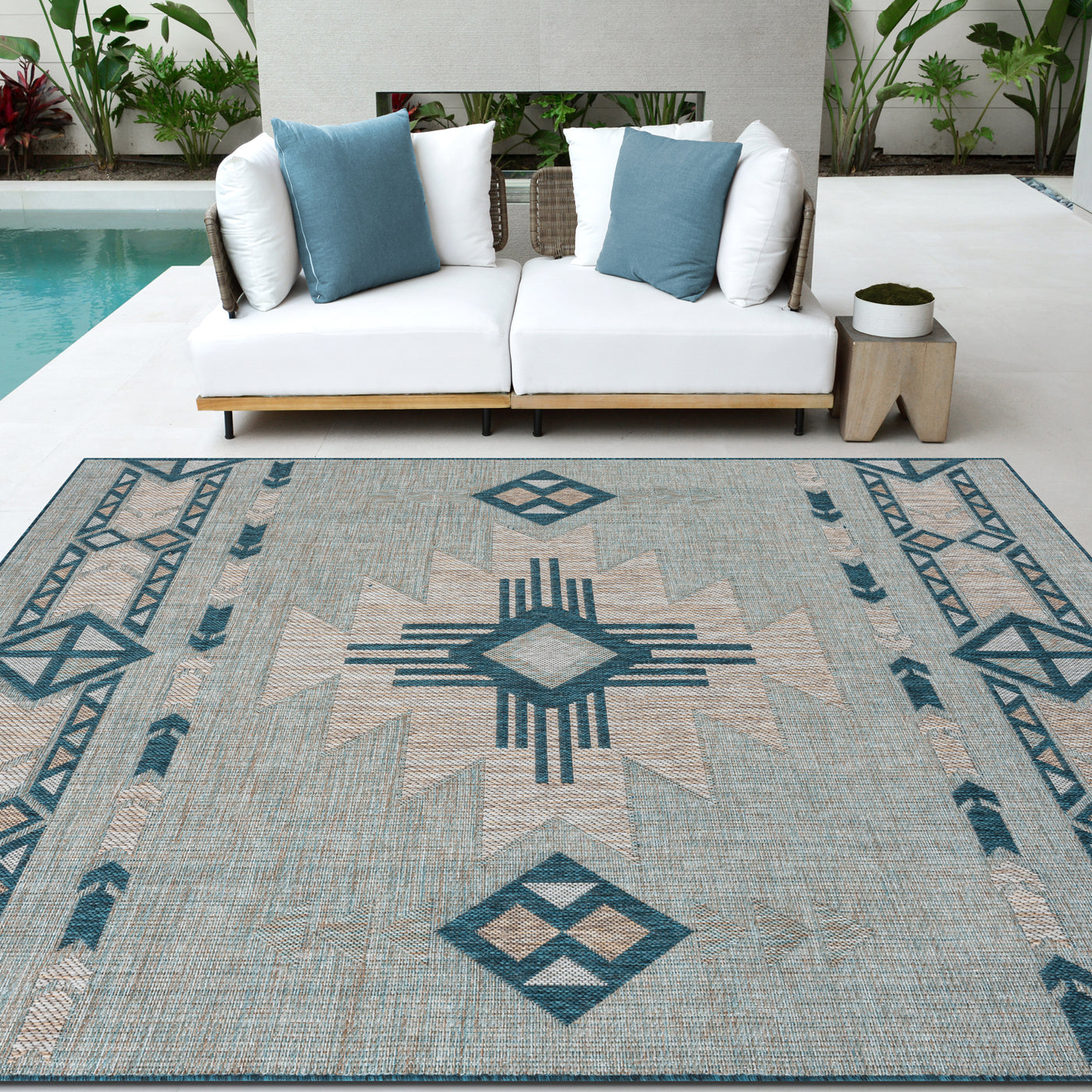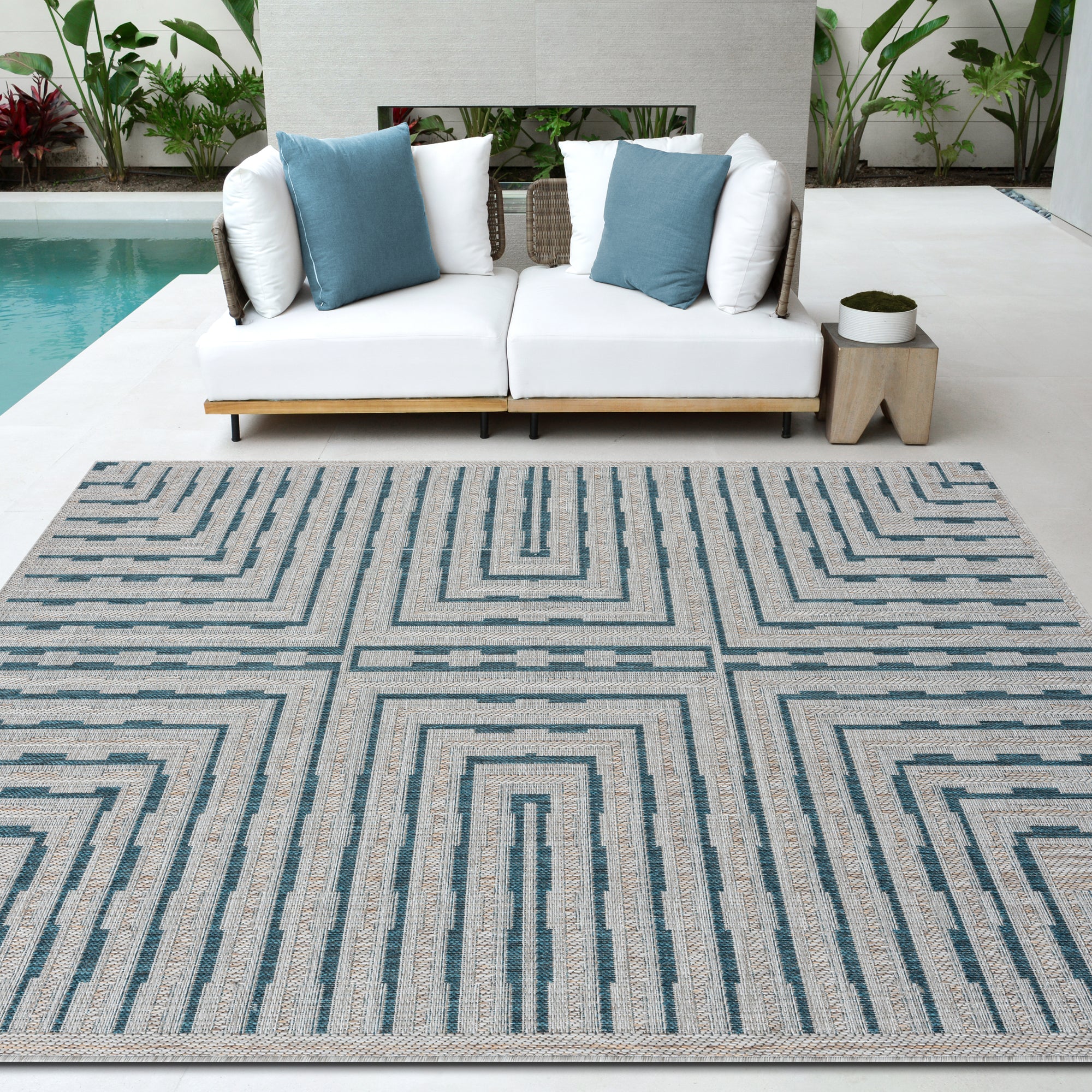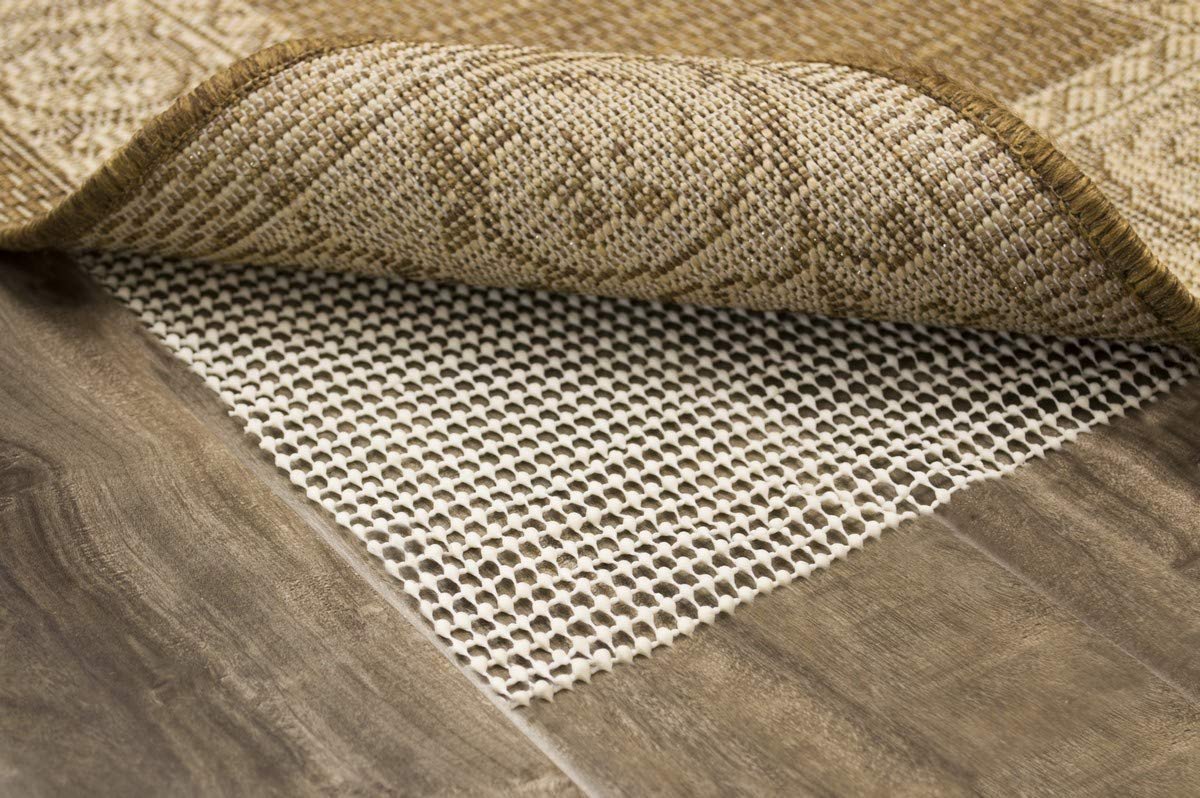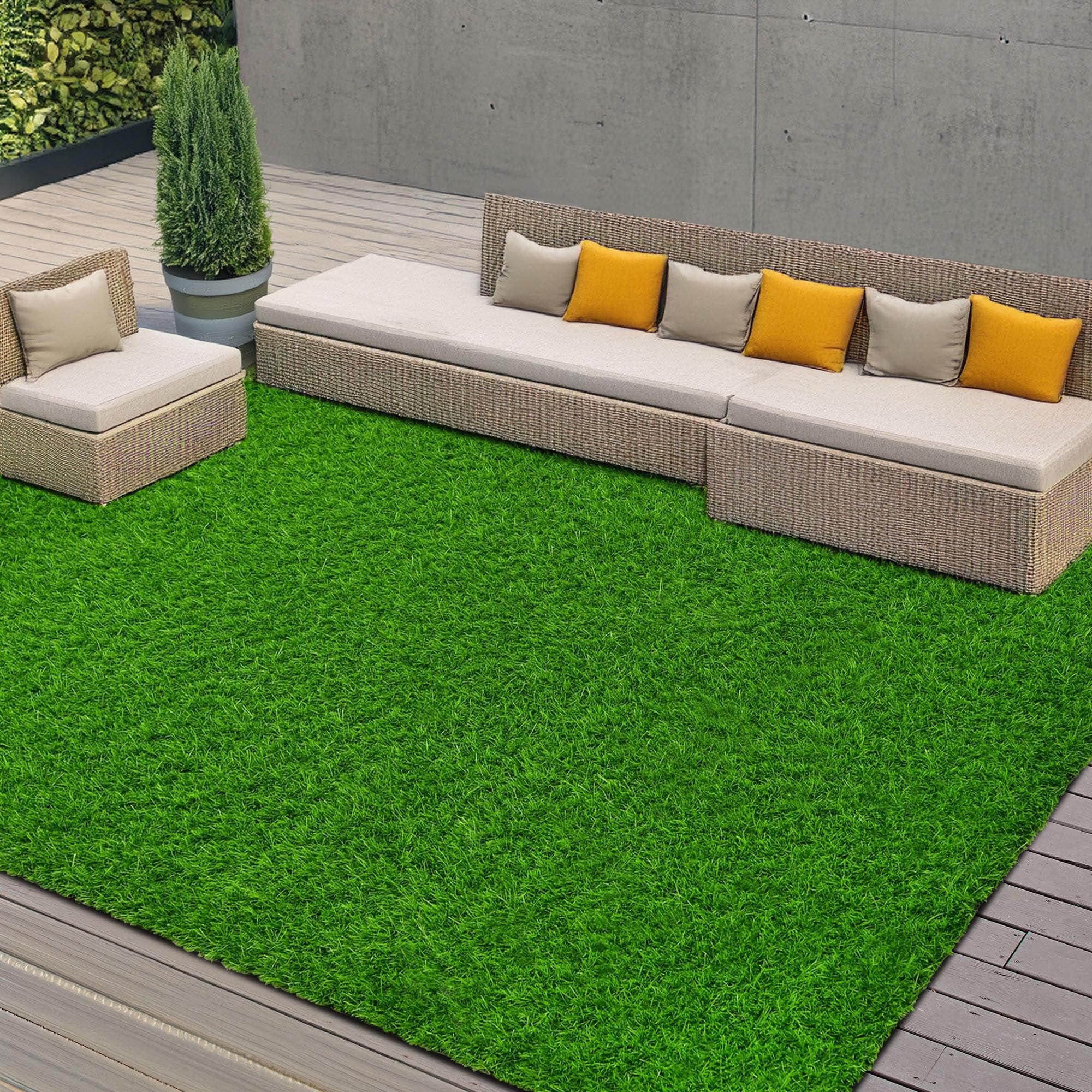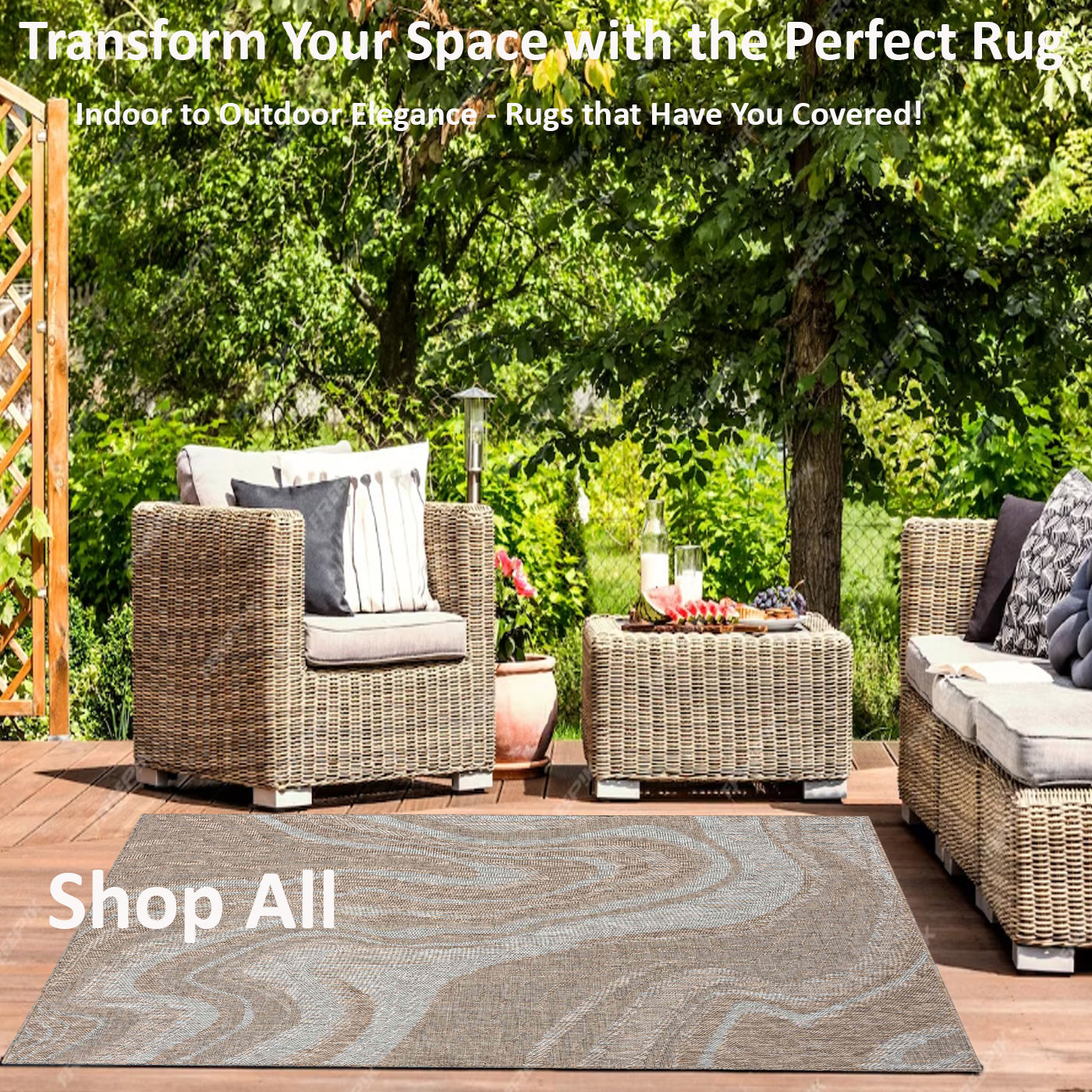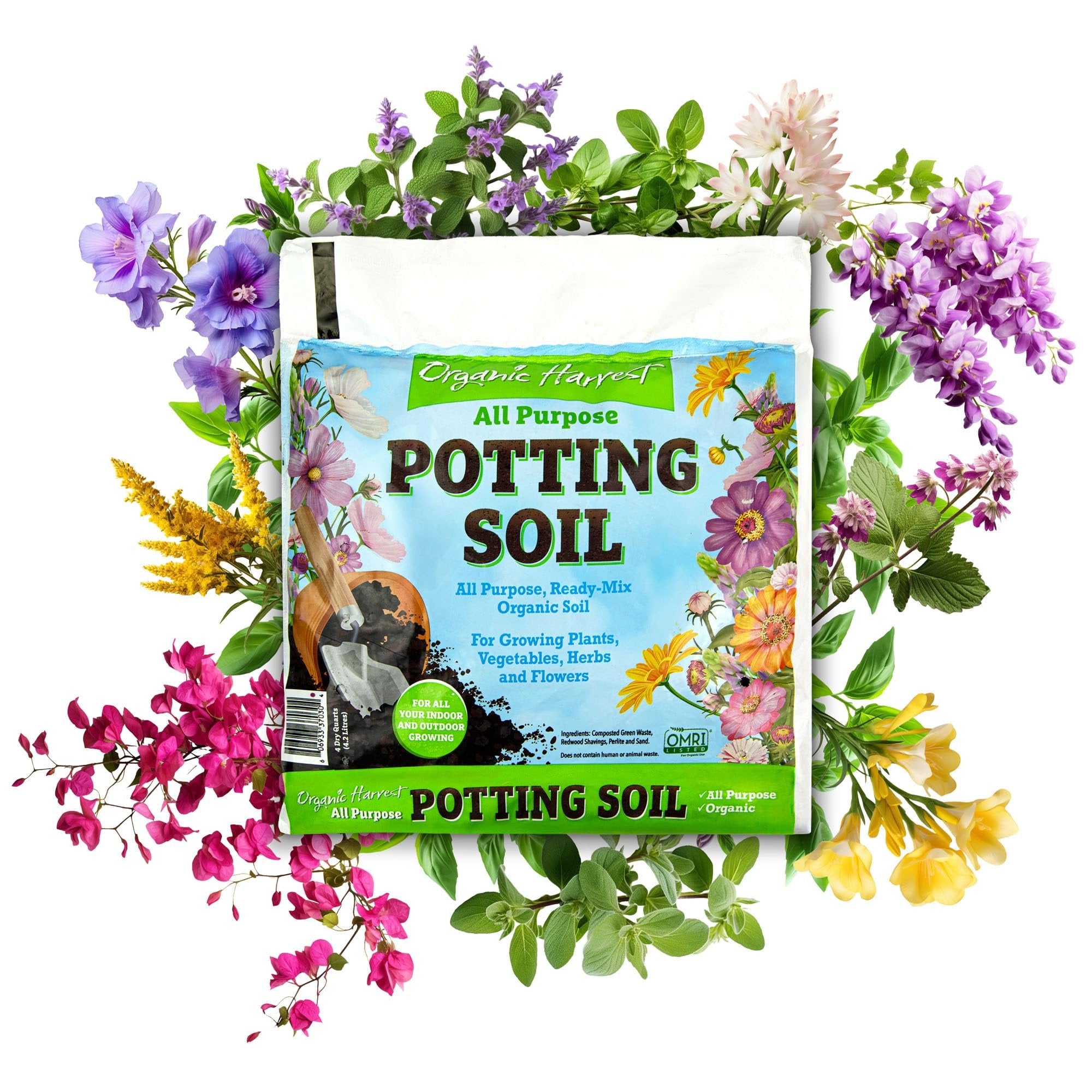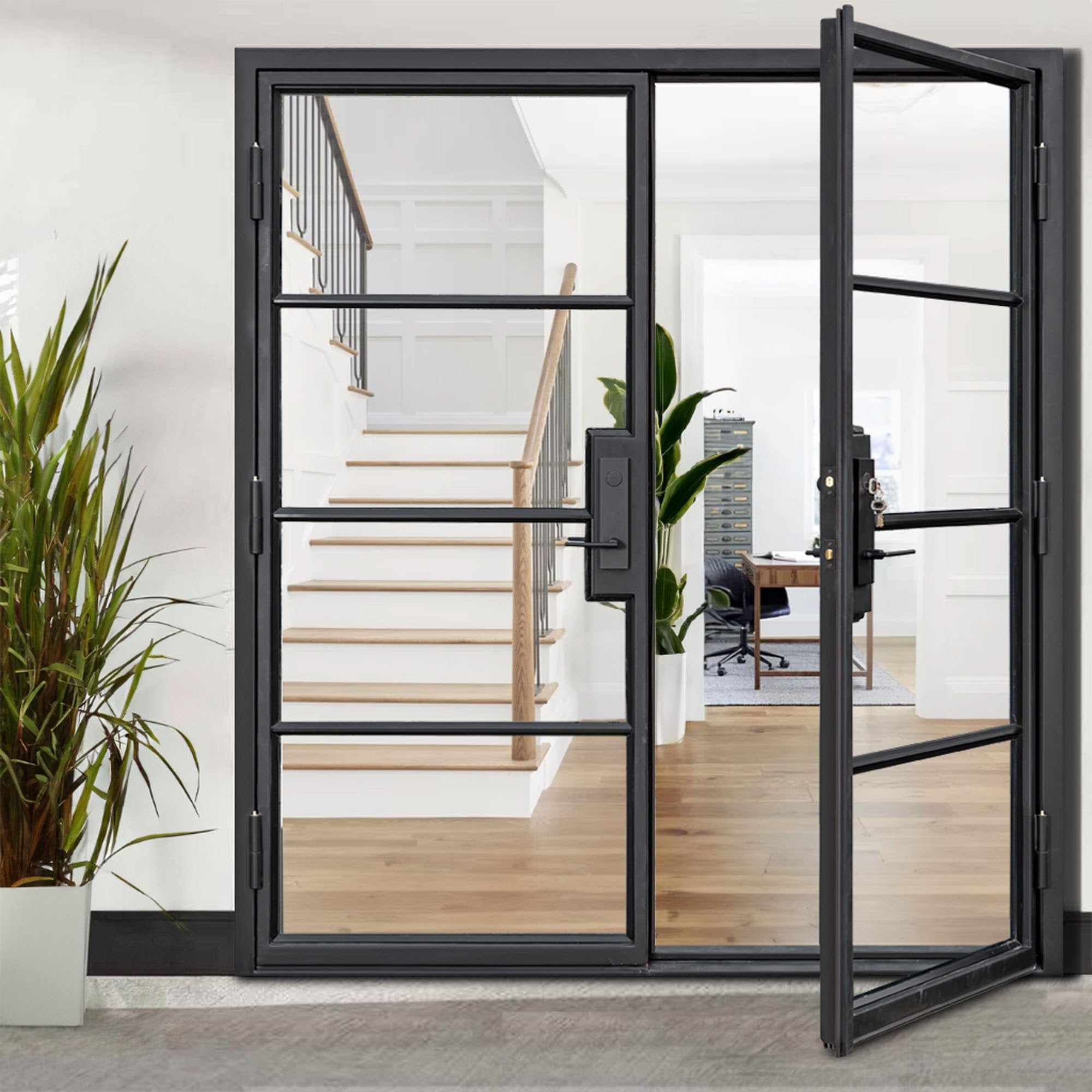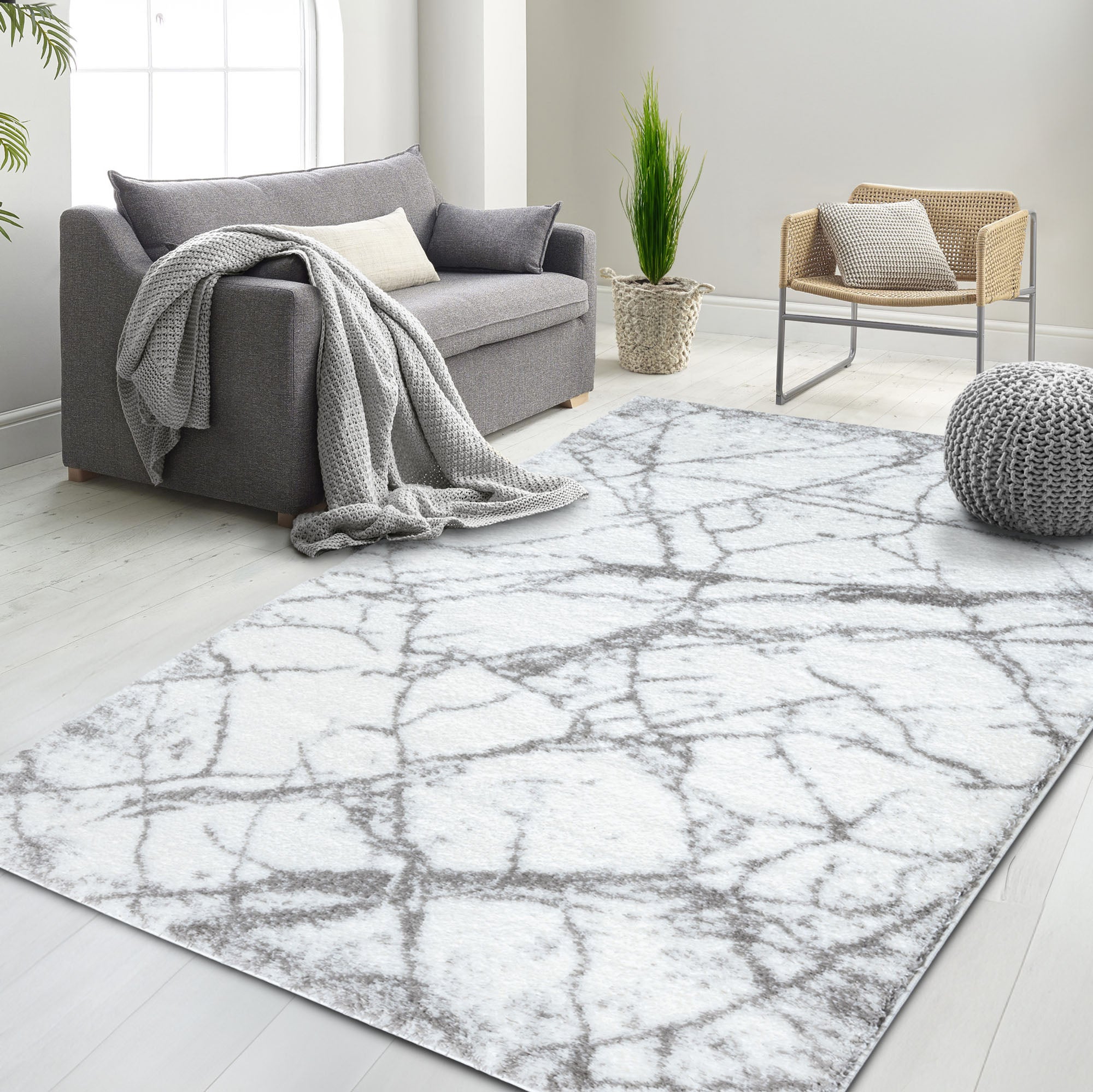
Top Benefits of Using a Rug Pad Under Your Rugs

Rug pads are essential accessories for maintaining the health and longevity of both your rugs and your floors. They provide multiple benefits that enhance comfort, safety, and durability.
Floor Protection
Shielding Hardwood Floors
Rug pads protect your hardwood floors from scratches and dents. A rug pad provides a barrier between the rug and the floor, preventing damage from rough backings.
Do I need a rug pad on hardwood floors?
A rug pad is necessary to protect hardwood floors from scratches and stains.
Preventing Scratches and Dents
Rug pads safeguard floors by preventing scratches and dents caused by heavy furniture and foot traffic.
Do latex rug pads damage hardwood floors?
Latex rug pads can damage hardwood floors over time by leaving residues.
Protecting Carpets and Tiles
Rug pads help protect carpets and tiles from wear and tear, extending their lifespan and maintaining their appearance.

Protects Your Rug
Extending Rug Lifespan
Using a rug pad extends your rug's lifespan by minimizing wear and tear, especially in high-traffic areas.
Do rug pads make rugs last longer?
Rug pads extend the lifespan of rugs by reducing wear and tear.
Preserving Rug Shape and Structure
Rug pads preserve the shape and structure of rugs by providing a stable base that prevents bunching and stretching.
Preventing Wear and Tear
A rug pad helps prevent wear and tear by absorbing the impact of foot traffic, which can cause fibers to break down over time.
Clean Your Rug More Easily
Reducing Dust and Dirt Accumulation
Rug pads reduce dust and dirt accumulation by creating a barrier between the rug and the floor, making cleaning easier.
Facilitating Easier Cleaning Processes
For cleaning advice, see The Complete Guide to Cleaning and Maintaining Wool Rugs.
How do I choose a rug pad?
Consider the rug size, type of flooring, and desired thickness when choosing a rug pad.
Enhancing Vacuum Efficiency
Using a rug pad enhances vacuum efficiency by lifting the rug slightly off the floor, allowing for better suction and dirt removal.

Cushioning
Providing Extra Padding
Rug pads provide extra padding that adds comfort and softness to your rug, making it more enjoyable to walk on.
How thick of a rug pad should I get?
For most rugs, a pad between 1/4" and 1/2" thick is ideal, but thinner pads are better for runners and high-traffic areas.
Enhancing Walking Comfort
With a rug pad, walking comfort is enhanced as the extra cushioning absorbs the impact of each step, reducing strain on your feet and joints.
Supporting High-Traffic Areas
Rug pads support high-traffic areas by absorbing impact and reducing wear on both the rug and the floor.

Helps Prevent Bunching and Shifting
Keeping Rugs in Place
Rug pads keep rugs in place by providing a non-slip surface that grips both the rug and the floor. For more information, refer to The Ultimate Guide to Living Room Rug Placement.
How much should a rug overhang a rug pad?
A rug should overhang the pad by 1 to 2 inches on all sides.
Maintaining Rug Alignment
Using a rug pad maintains rug alignment, preventing the rug from shifting and bunching up.
Should a rug pad be the same size as a rug?
The rug pad should be slightly smaller than the rug to ensure it remains hidden and provides optimal support.
Preventing Edge Curling
Rug pads prevent edge curling, ensuring that the edges of the rug stay flat and do not become trip hazards.

Prevent Accidents
Reducing Trip Hazards
A rug pad reduces trip hazards by keeping the rug flat and secure, preventing slips and falls.
What happens if I don't use a rug pad?
Without a rug pad, rugs can slide, bunch up, and wear out faster, potentially causing trip hazards and floor damage.
Enhancing Home Safety
Using a rug pad enhances home safety by providing a stable, non-slip surface for rugs.
Providing Stability
Rug pads provide stability by ensuring that rugs stay in place, even in high-traffic areas.
Prevent Slipping
Enhancing Rug Traction
Rug pads enhance rug traction, preventing the rug from sliding on hard surfaces.
Does the rubber side of a rug pad go up or down?
The rubber side should face the floor to grip it securely, while the softer side supports the rug.
Safety for Elderly and Children
Rug pads provide safety for elderly and children by keeping rugs secure and reducing the risk of falls.
Ensuring Secure Footing
Using a rug pad ensures secure footing, making it safer to walk on rugs.
Safety
Fire-Resistant Properties
Some rug pads have fire-resistant properties, adding an extra layer of safety to your home.
Non-Toxic Materials
Rug pads made from non-toxic materials are safe for homes with children and pets.
Child and Pet Friendly
Rug pads are child and pet friendly, providing a safe and comfortable surface for play and relaxation.
Add Extra Comfort
Enhancing Underfoot Feel
Rug pads enhance the underfoot feel by adding cushioning and softness.
Providing Thermal Insulation
A rug pad provides thermal insulation, keeping floors warmer in the winter.
Softening Hard Surfaces
Rug pads soften hard surfaces, making them more comfortable to walk and sit on.
Adding Extra Cushion
Improving Overall Rug Comfort
Rug pads improve overall rug comfort by adding an extra layer of padding.
Benefiting Joint Health
Using a rug pad benefits joint health by reducing the impact on knees and ankles when walking on the rug.
Supporting Heavy Furniture
Rug pads support heavy furniture, preventing dents and damage to both the rug and the floor.
Noise Reduction
Minimizing Footstep Sounds
Rug pads minimize footstep sounds, making your home quieter.
Reducing Echoes in Large Rooms
Using a rug pad reduces echoes, improving acoustics in large rooms.
Enhancing Sound Insulation
Rug pads enhance sound insulation, providing a quieter environment.
Facilitates Airflow
Preventing Mold and Mildew
Rug pads facilitate airflow, preventing mold and mildew under rugs.
Maintaining Freshness Under Rugs
Using a rug pad maintains freshness under rugs by allowing air to circulate.
Enhancing Indoor Air Quality
Rug pads enhance indoor air quality by preventing the buildup of allergens and moisture.
Comfort
Creating Cozy Living Spaces
Rug pads create cozy living spaces by adding comfort and warmth. For more ideas, check out Creating a Cozy Bedroom with a Fluffy Rug.
Enhancing Relaxation Areas
Using a rug pad enhances relaxation areas, making them more inviting and comfortable.
Improving Overall Home Comfort
Rug pads improve overall home comfort by adding cushioning and insulation to rugs.
Summary
Rug pads offer numerous benefits, including floor protection, enhanced comfort, safety, and ease of cleaning. They are essential for maintaining the health and longevity of both your rugs and floors, making them a worthwhile investment for any home.
FAQs
Are rug pads really necessary?
Rug pads protect both your floors and rugs, preventing scratches, stains, and other damage.
Should a rug pad be the same size as a rug?
The rug pad should be slightly smaller than the rug to ensure it remains hidden and provides optimal support.
How do you keep a rug in place without a rug pad?
You can use double-sided tape with silicone adhesive, but a rug pad is more effective and safer for your floors.
What happens if I don't use a rug pad?
Without a rug pad, rugs can slide, bunch up, and wear out faster, potentially causing trip hazards and floor damage.
How thick of a rug pad should I get?
For most rugs, a pad between 1/4" and 1/2" thick is ideal, but thinner pads are better for runners and high-traffic areas.
How do I choose a rug pad?
Consider the rug size, type of flooring, and desired thickness when choosing a rug pad.
Does the rubber side of a rug pad go up or down?
The rubber side should face the floor to grip it securely, while the softer side supports the rug.
How much should a rug overhang a rug pad?
A rug should overhang the pad by 1 to 2 inches on all sides.
Can I use carpet padding as a rug pad?
No, carpet padding is not suitable for area rugs as it may not lie flat and can cause uneven wear.
Do I need a rug pad on hardwood floors?
A rug pad is necessary to protect hardwood floors from scratches and stains.
What are the pros and cons of rug pads?
Pros: Provide cushioning, protect floors, reduce noise.
Cons: Need regular replacement to avoid damage.
How thick should an area rug pad be?
The recommended thickness is between ¼ and ⅜ inches.
What size rug pad for an 8x10 rug?
For an 8'x10' rug, choose a pad 7'10”x9'10”.
Do latex rug pads damage hardwood floors?
Latex rug pads can damage hardwood floors over time by leaving residues.
What rug pad won't stick to hardwood floors?
Natural rubber rug pads are safe and won't stick to hardwood floors.
How long does a rug pad last?
Most rug pads last three to four years.
Do rug pads make rugs last longer?
Rug pads extend the lifespan of rugs by reducing wear and tear.
What type of rug pad is best for hardwood floors?
Felt or natural rubber pads are best for hardwood floors.
Is a 1/2 inch rug pad too thick?
For rugs over 1/2” tall, a pad 1/4” to 3/8” thick is ideal.
How do you attach a rug pad to a rug?
Clean the floor, unroll the pad and rug, and adjust accordingly.
